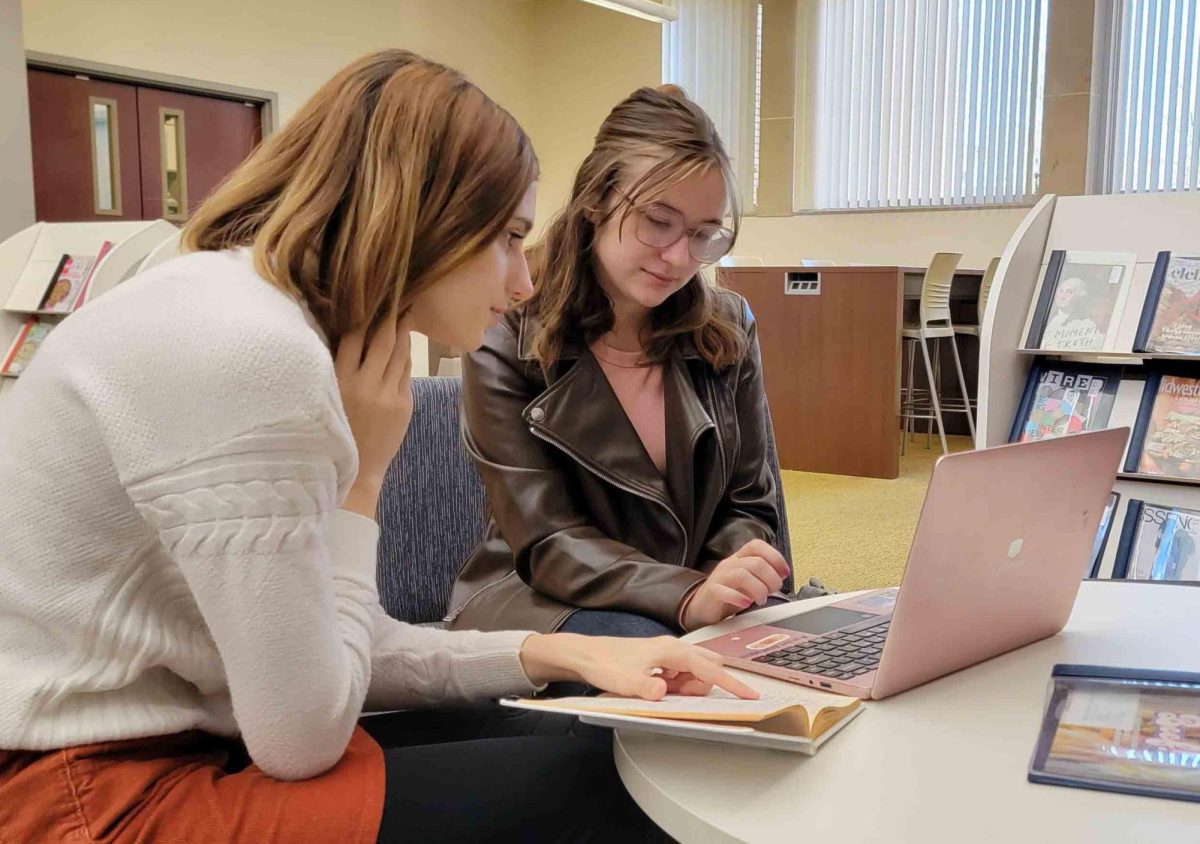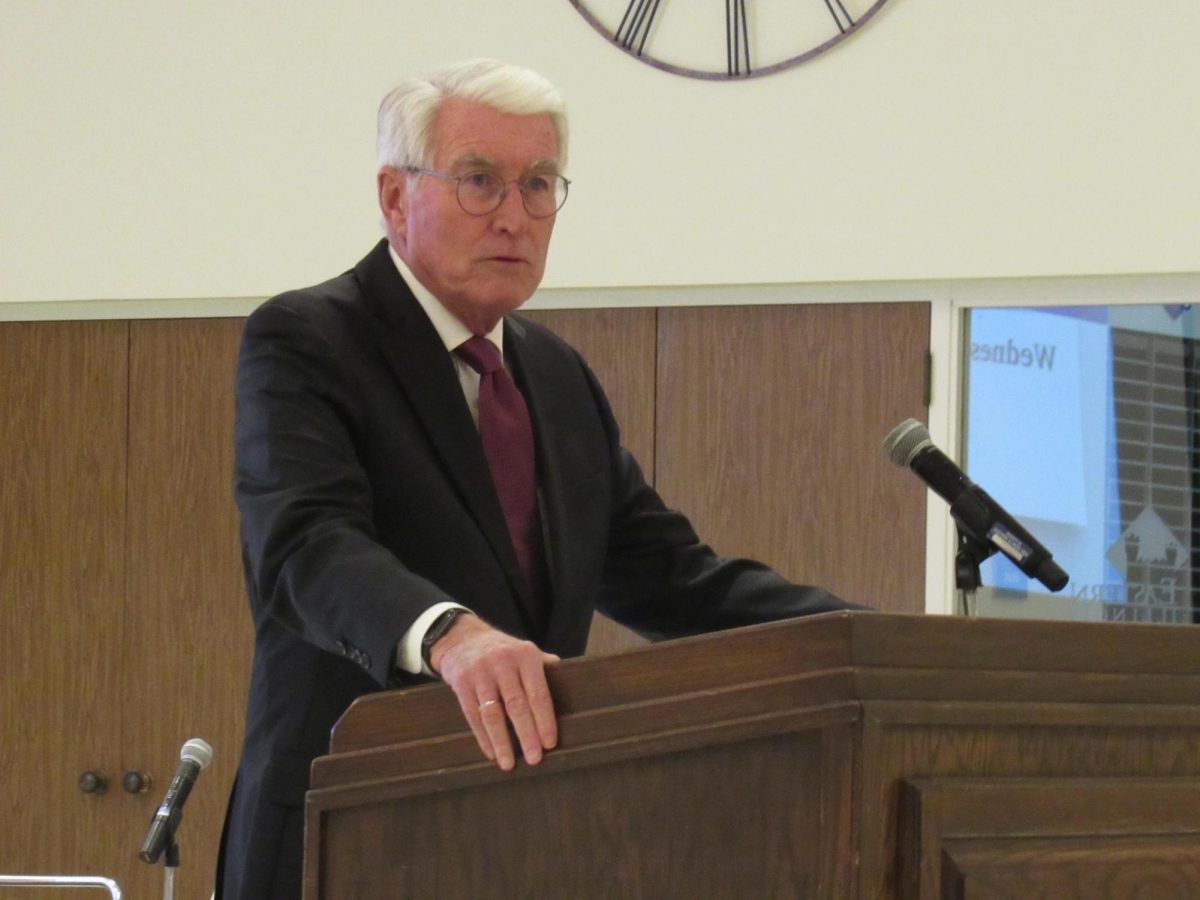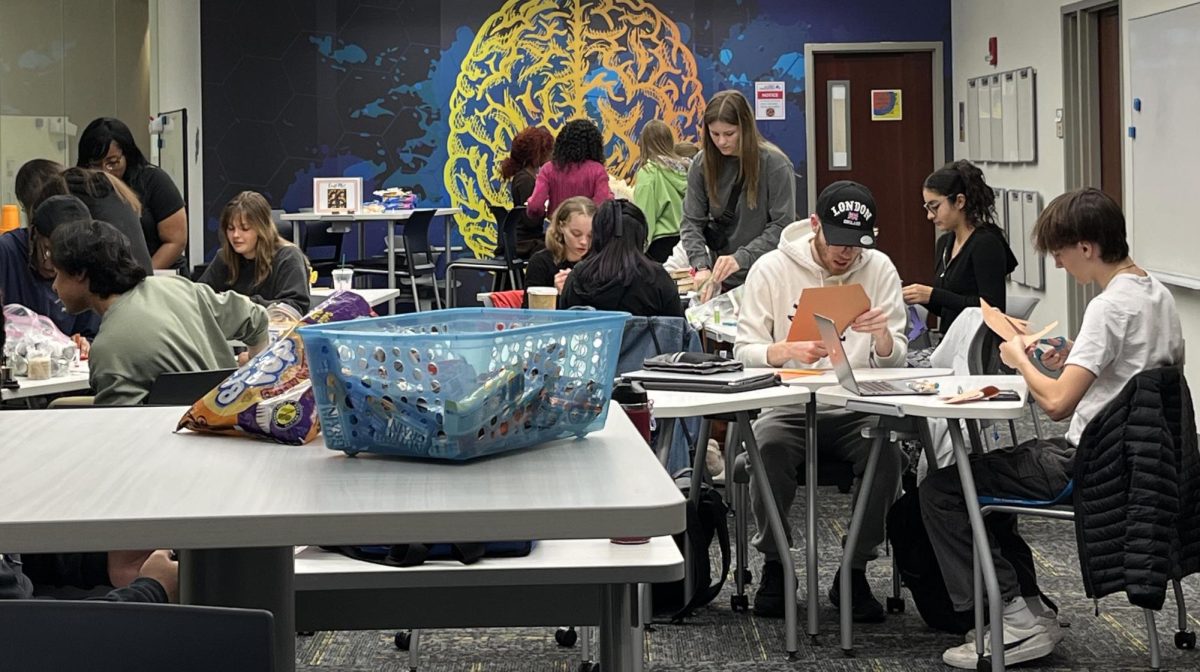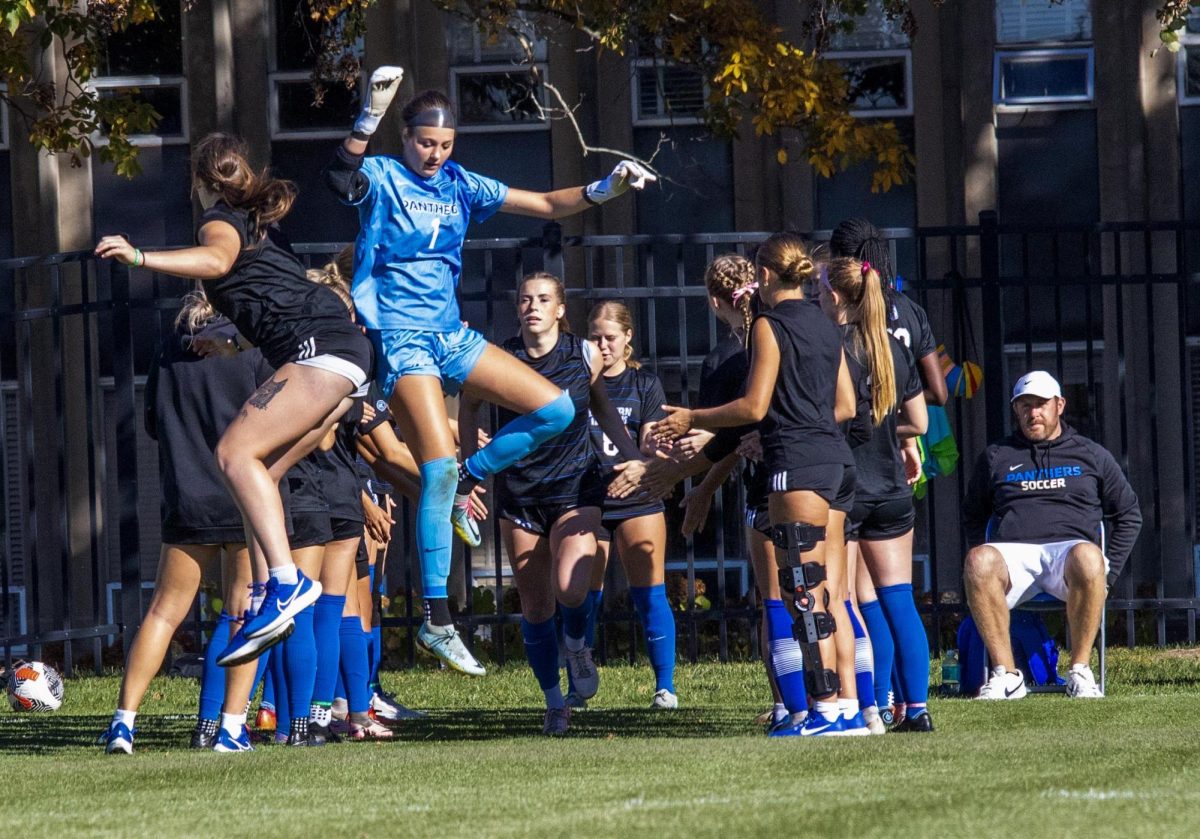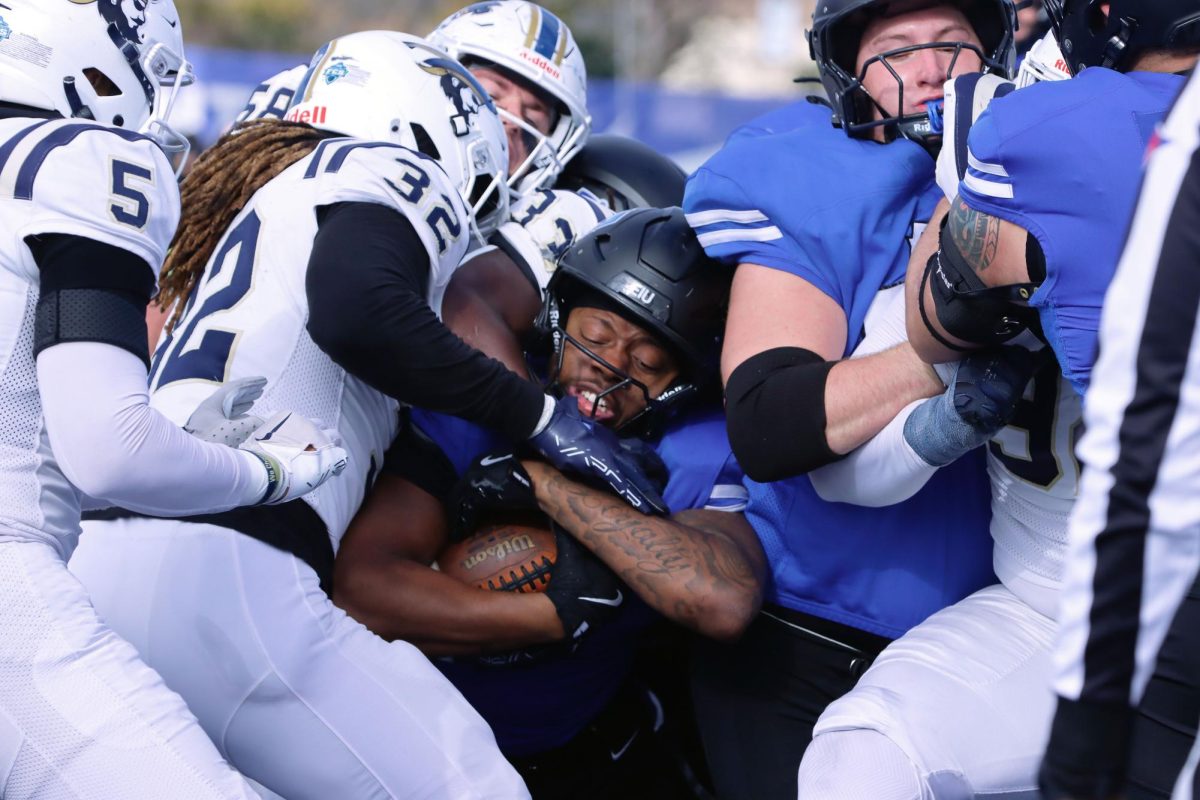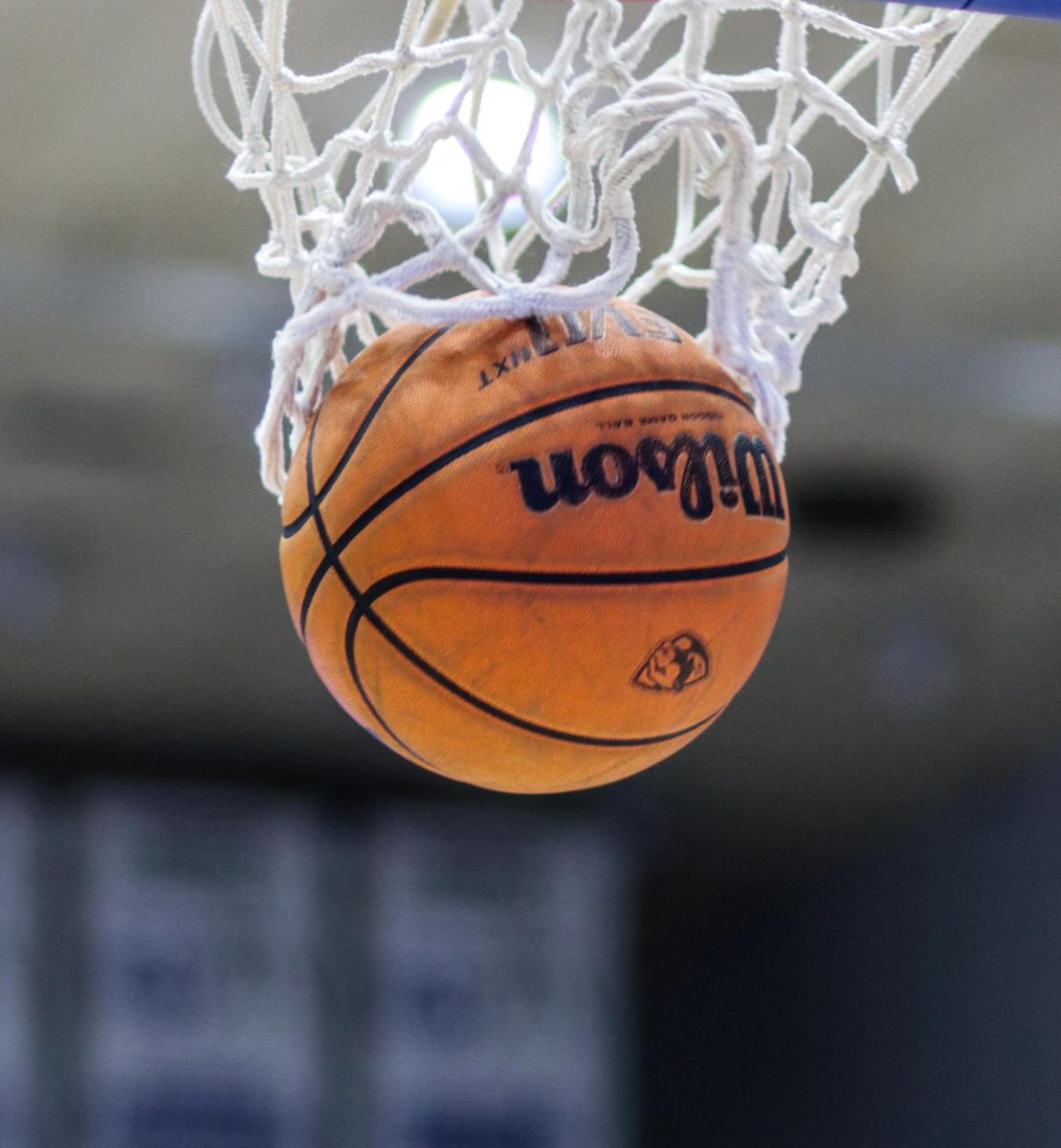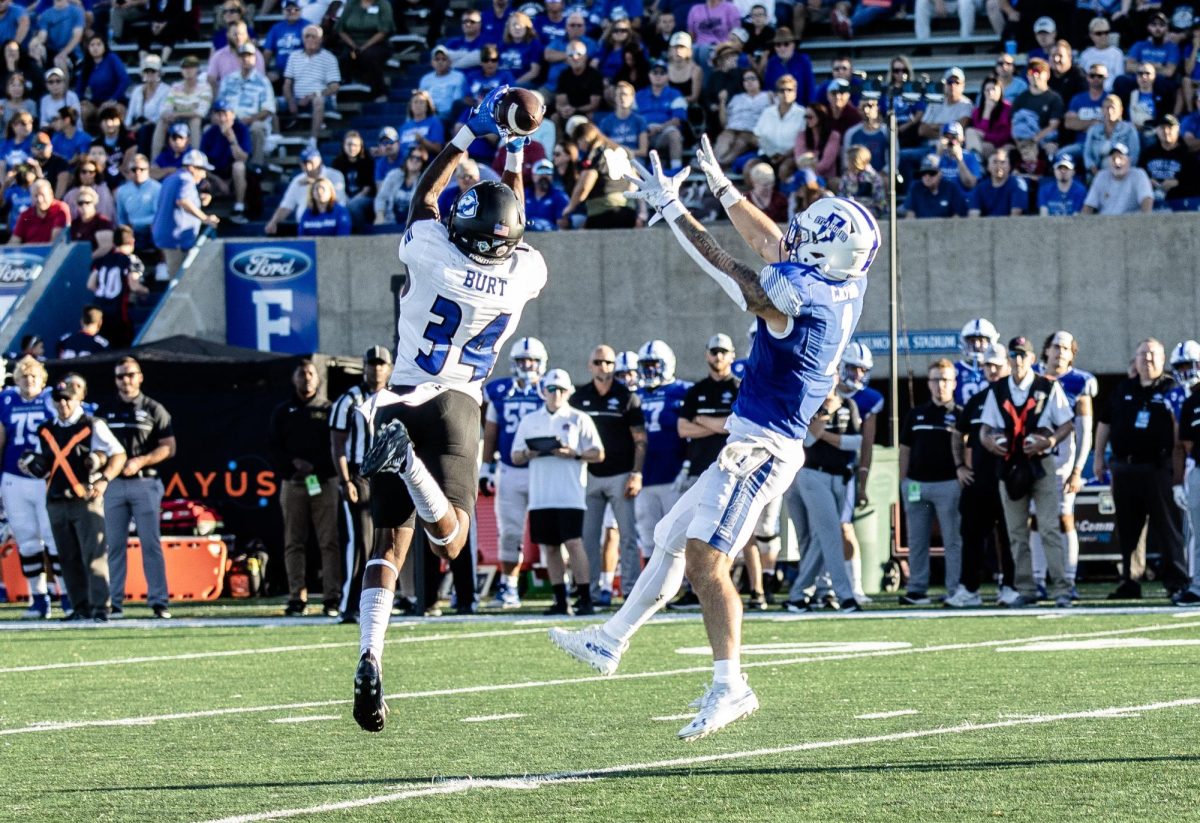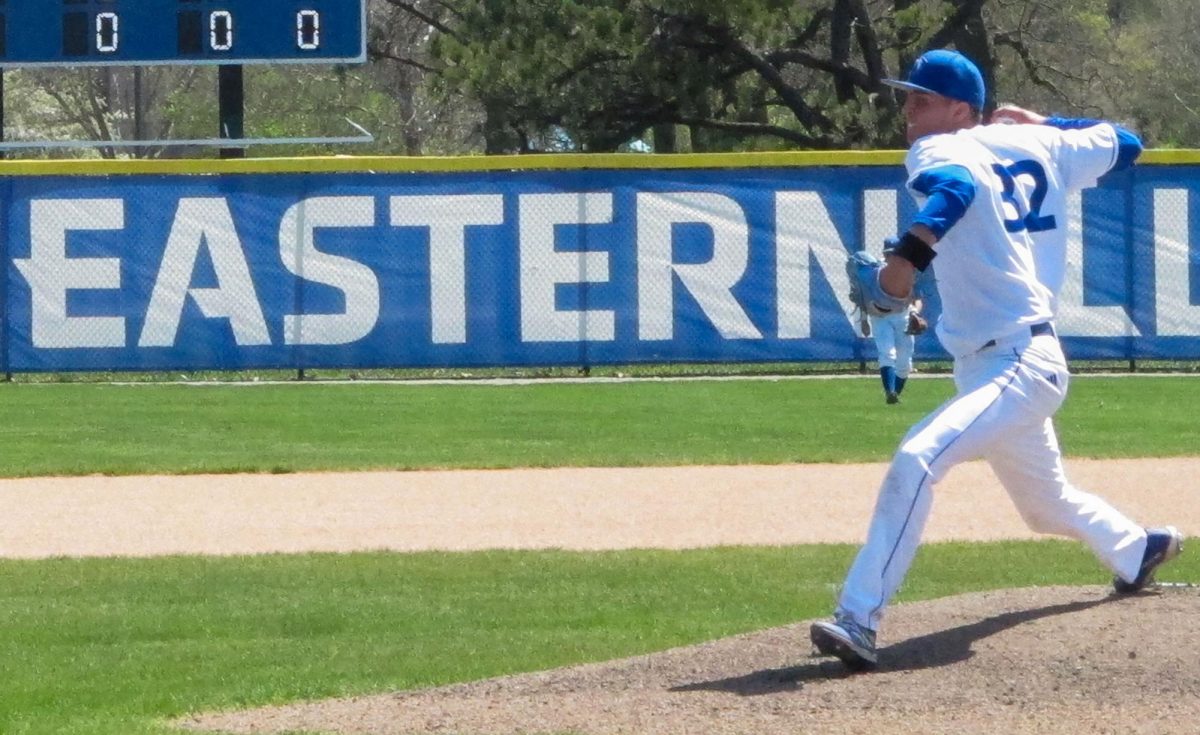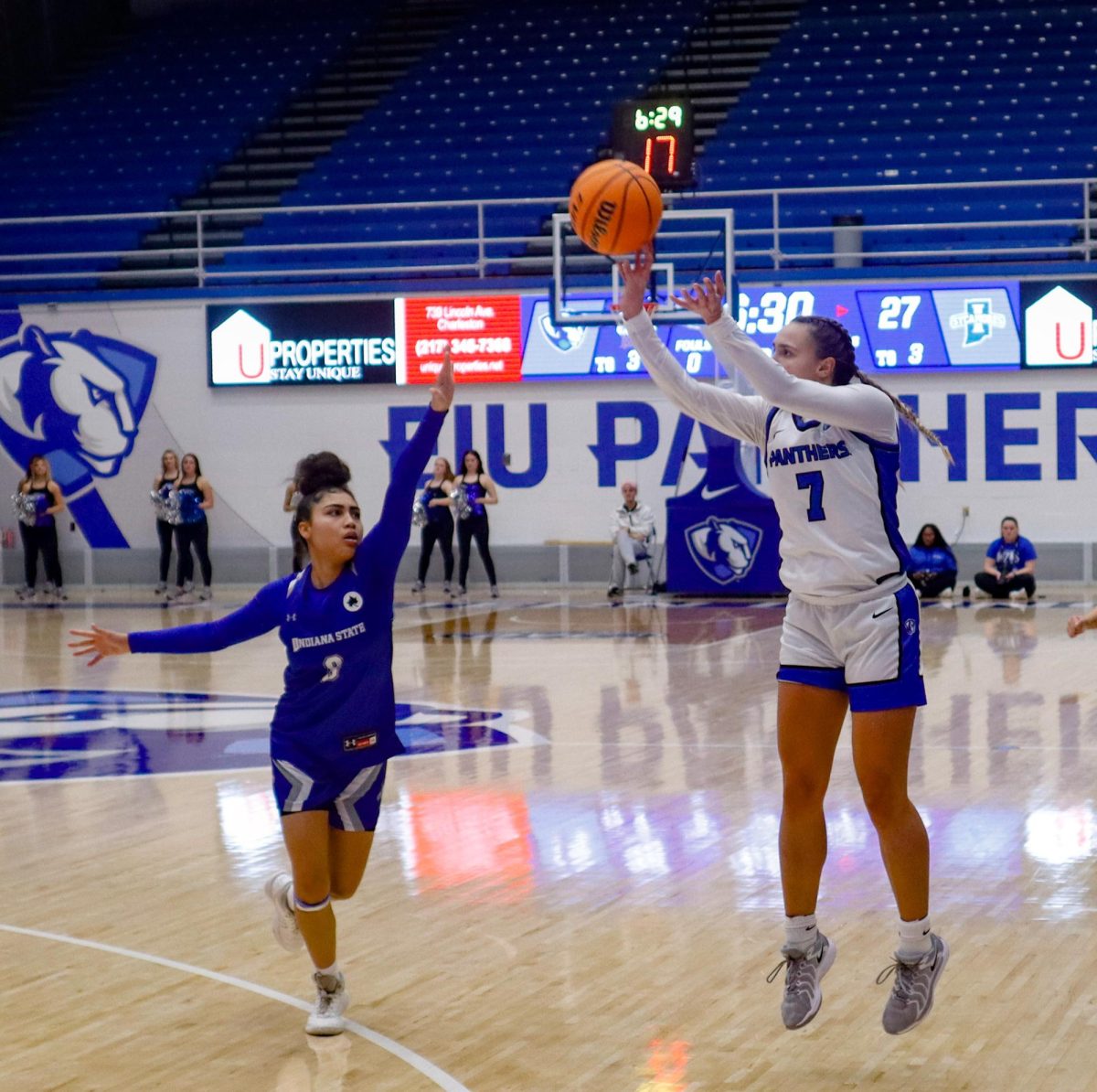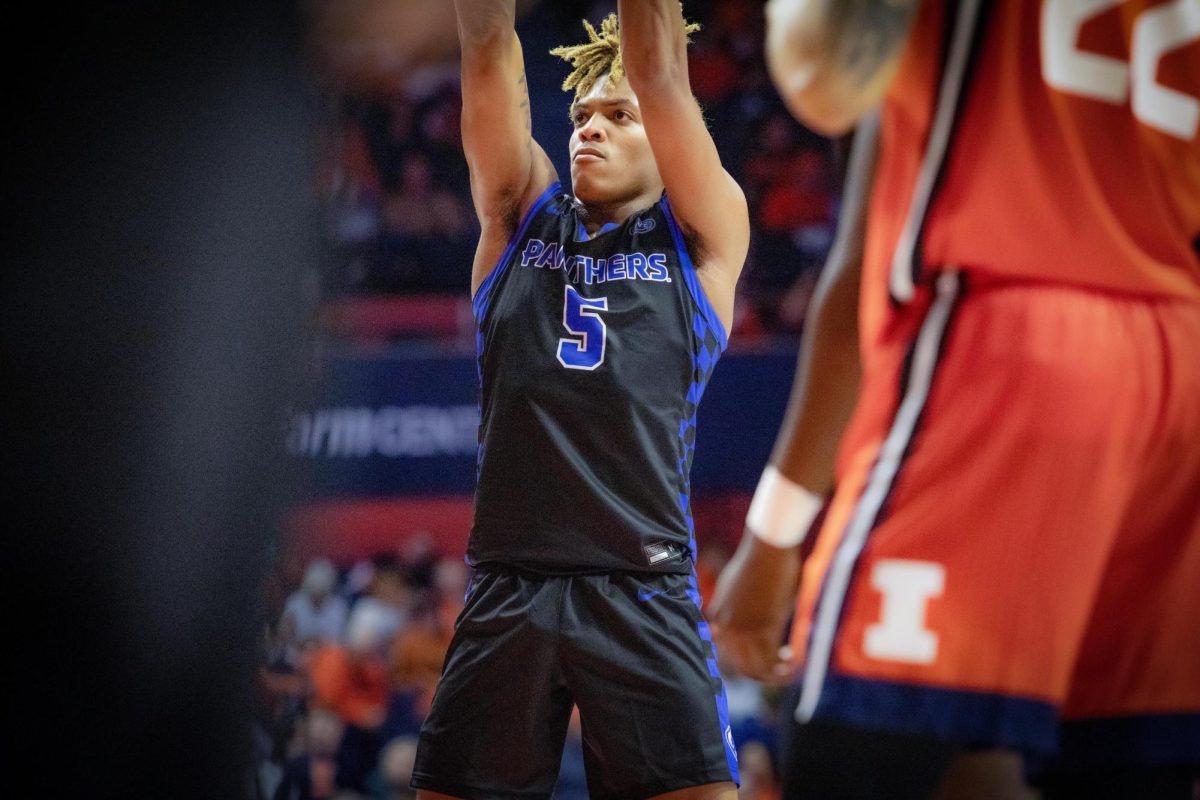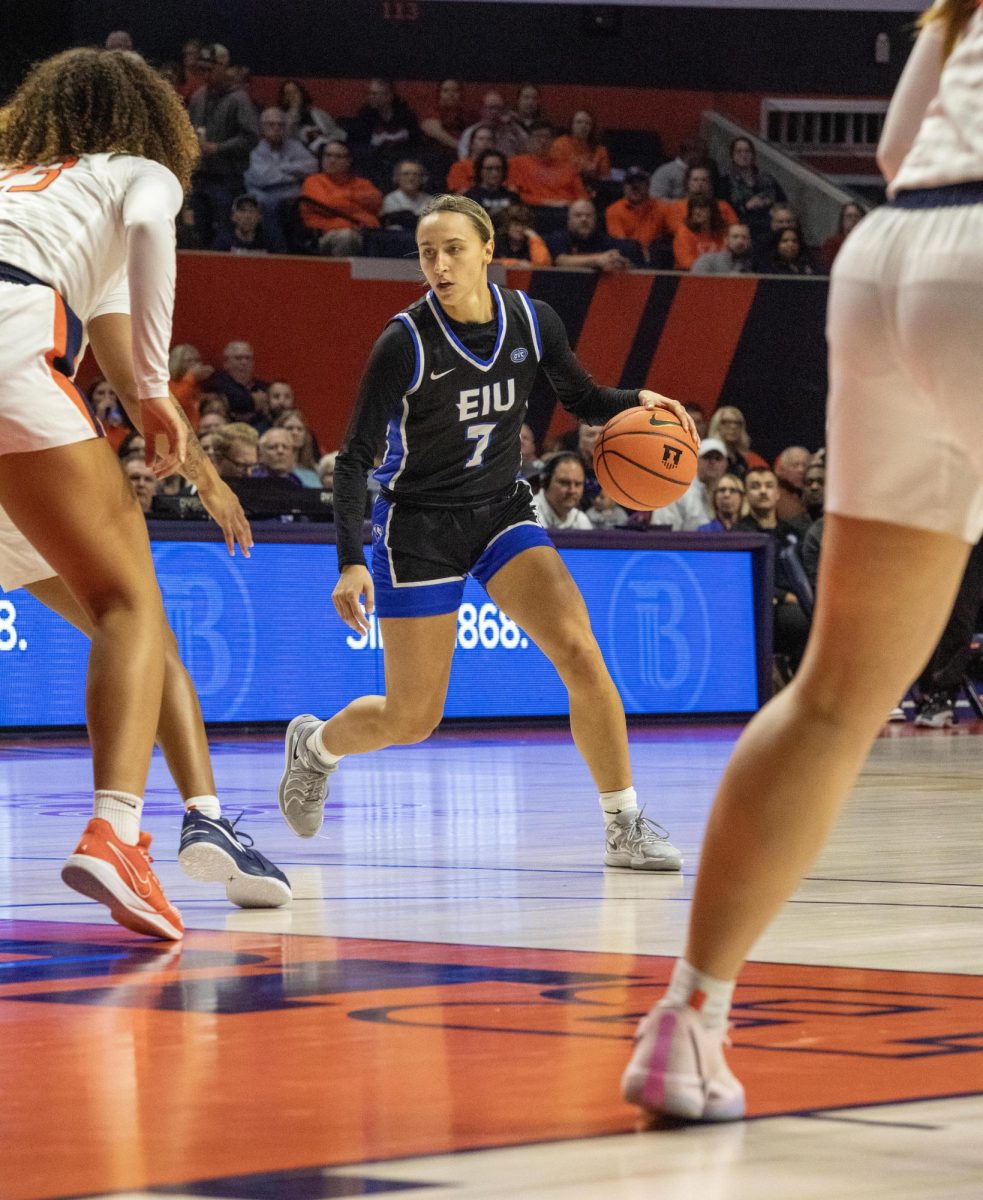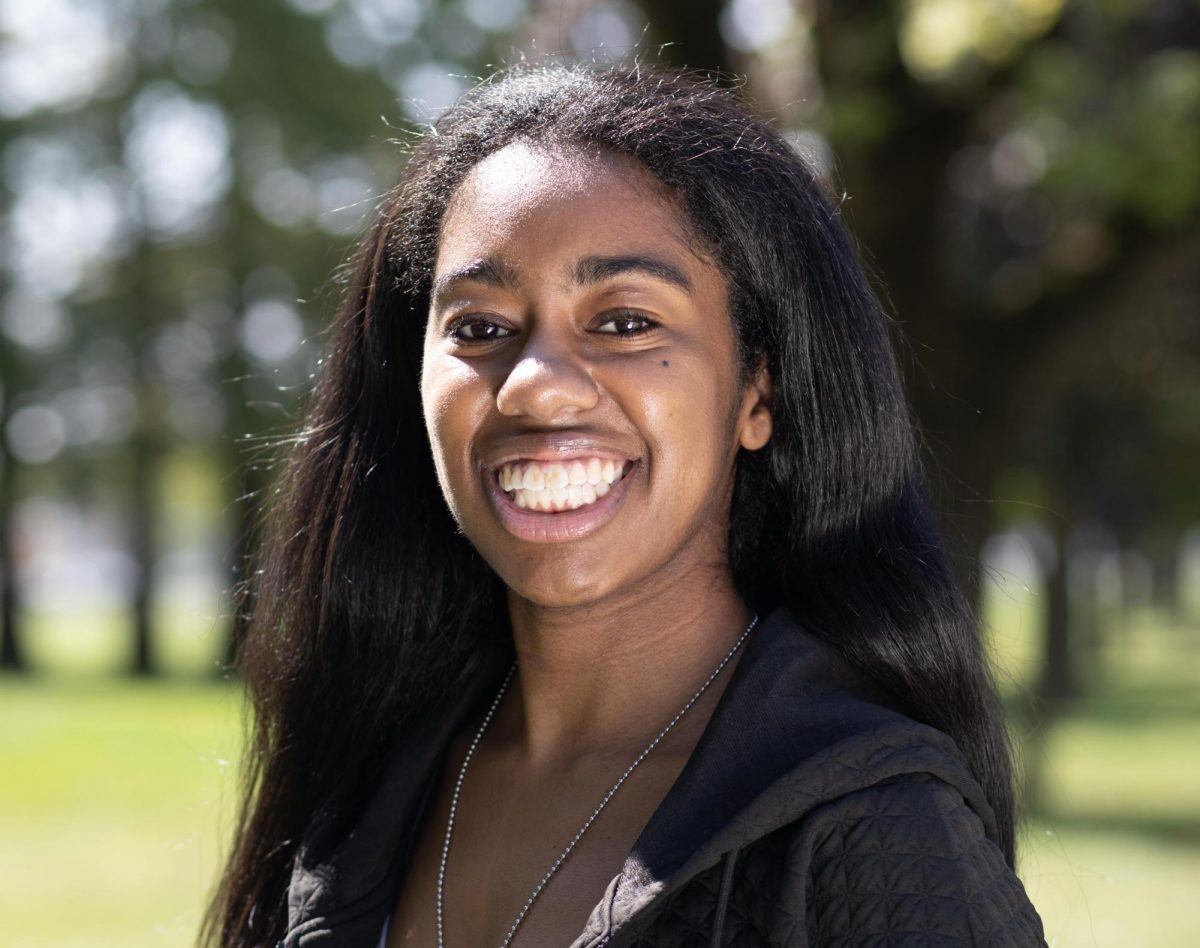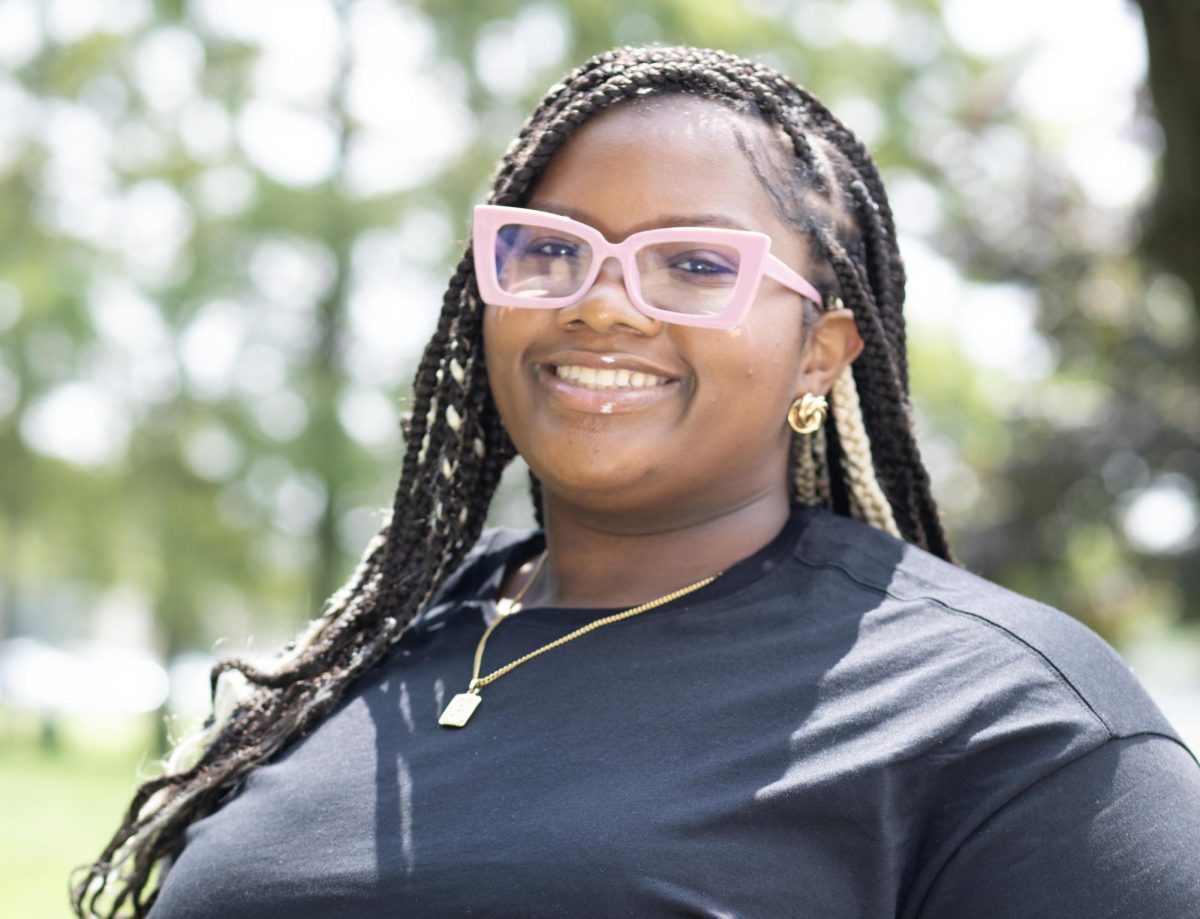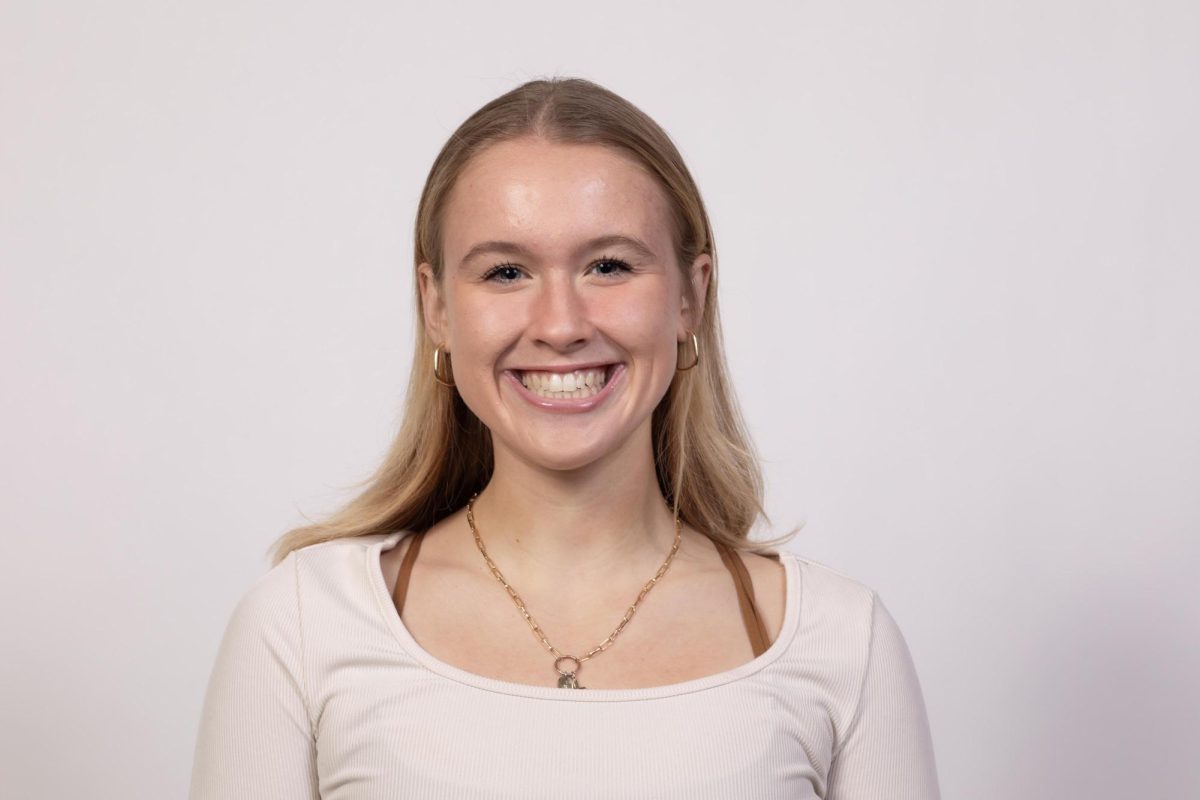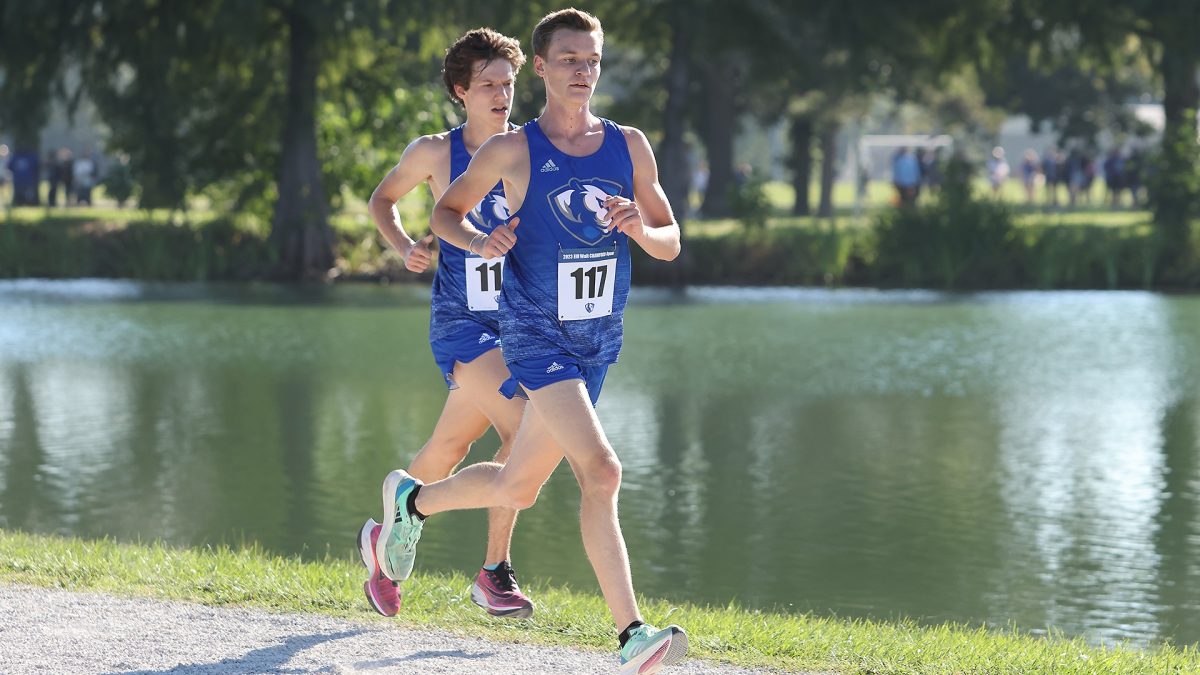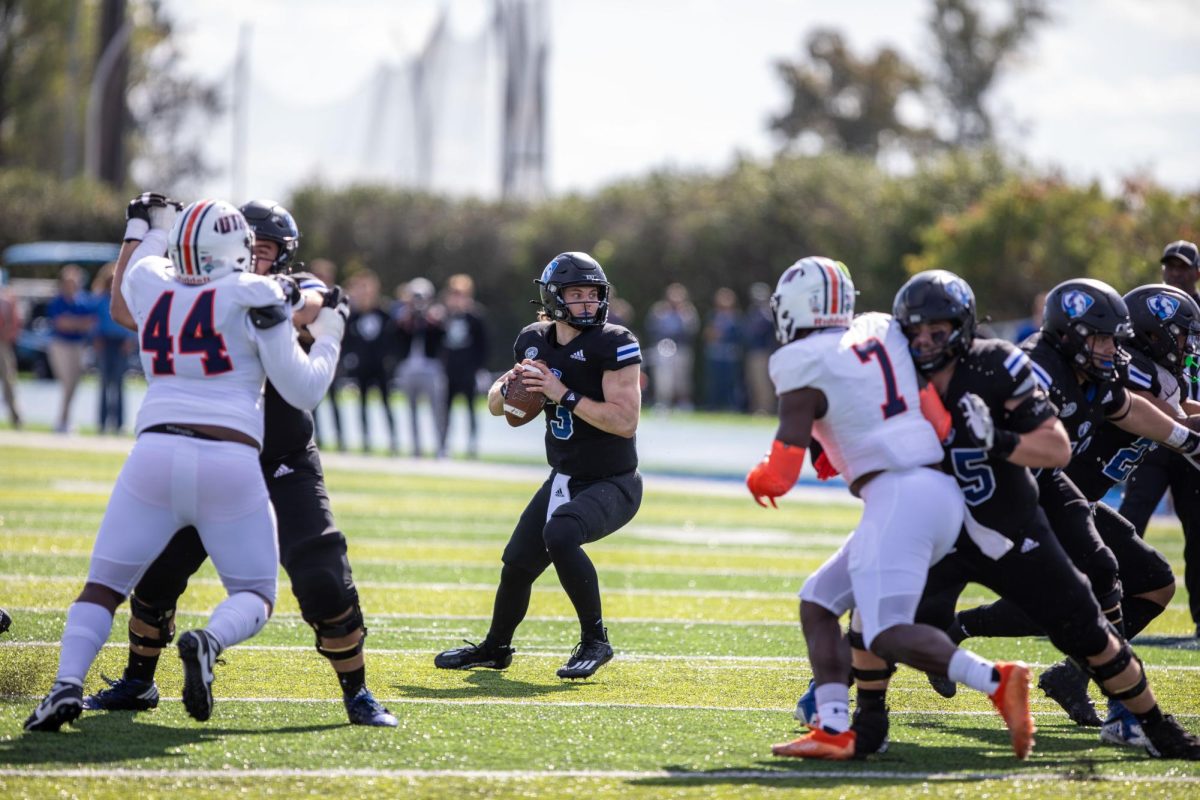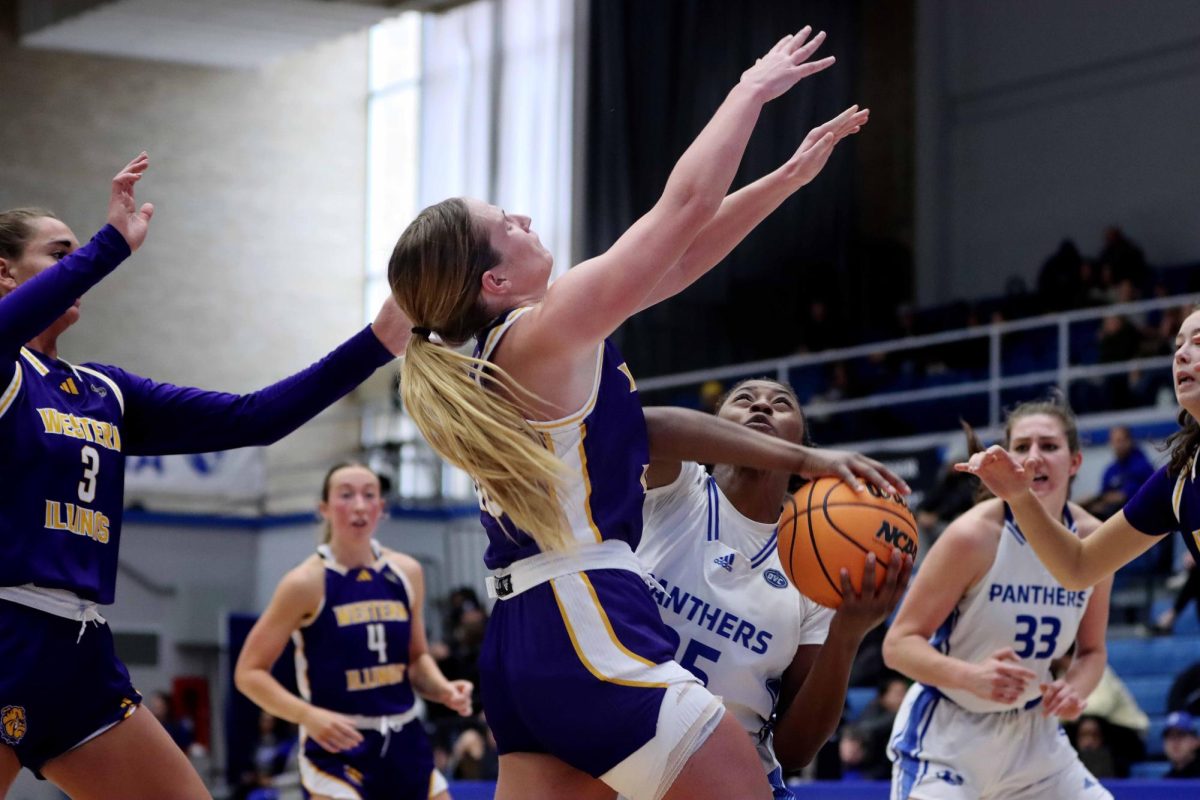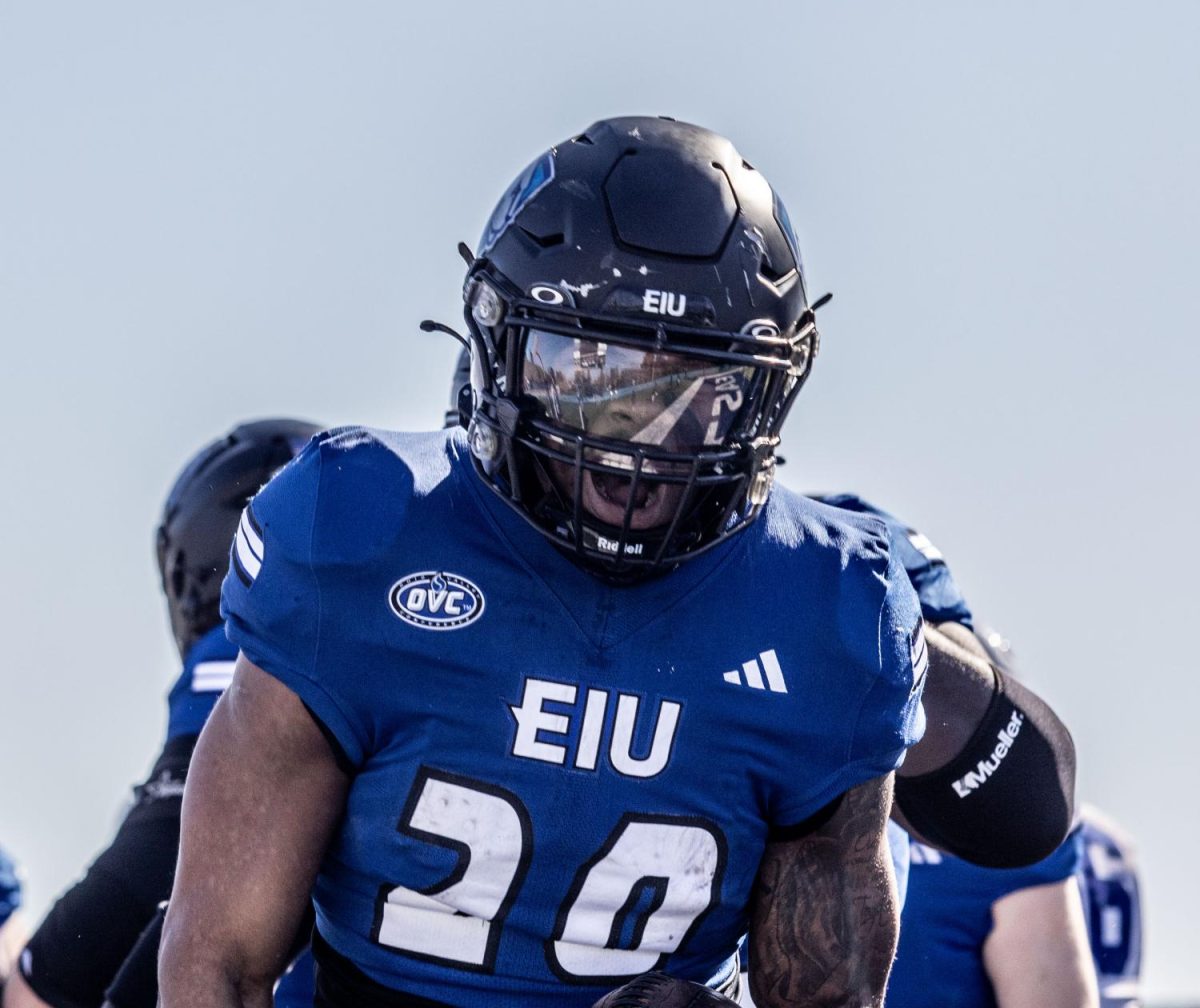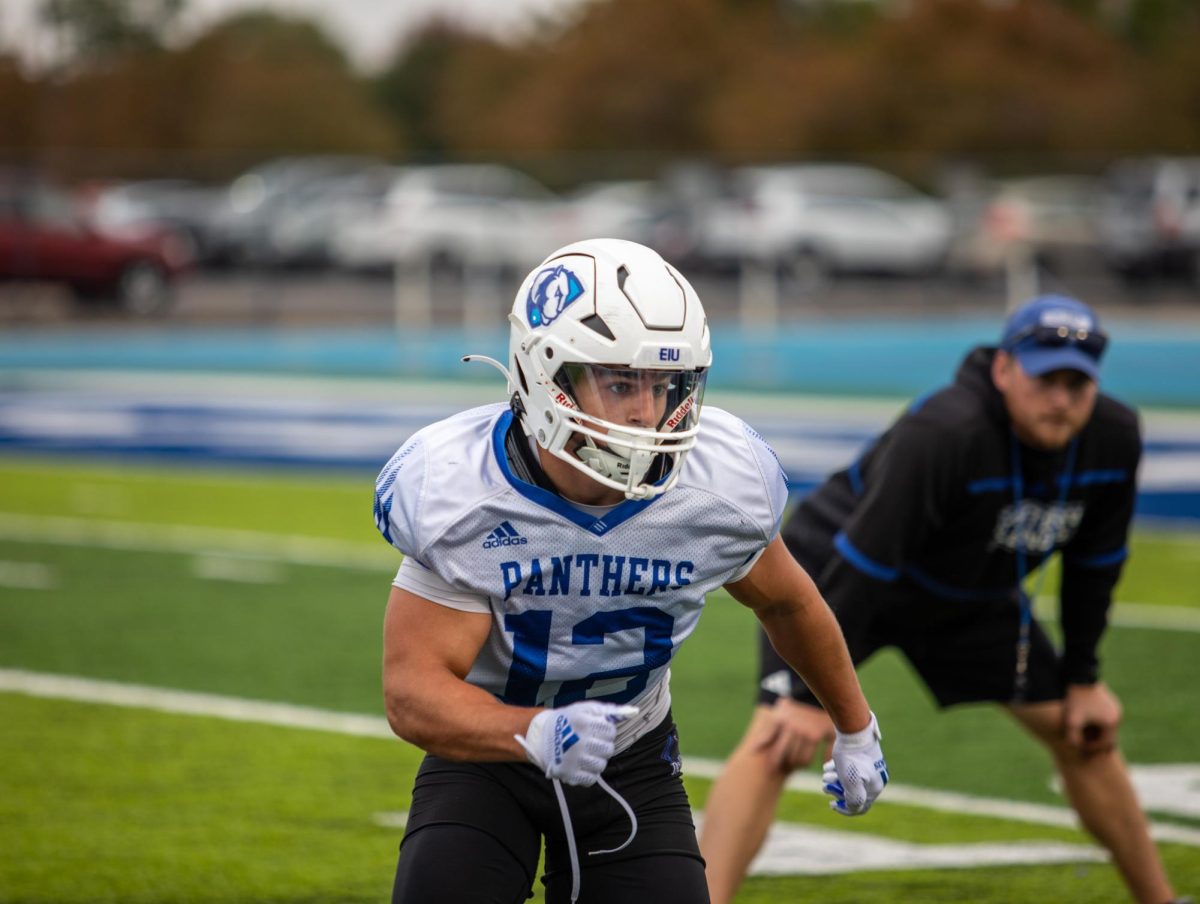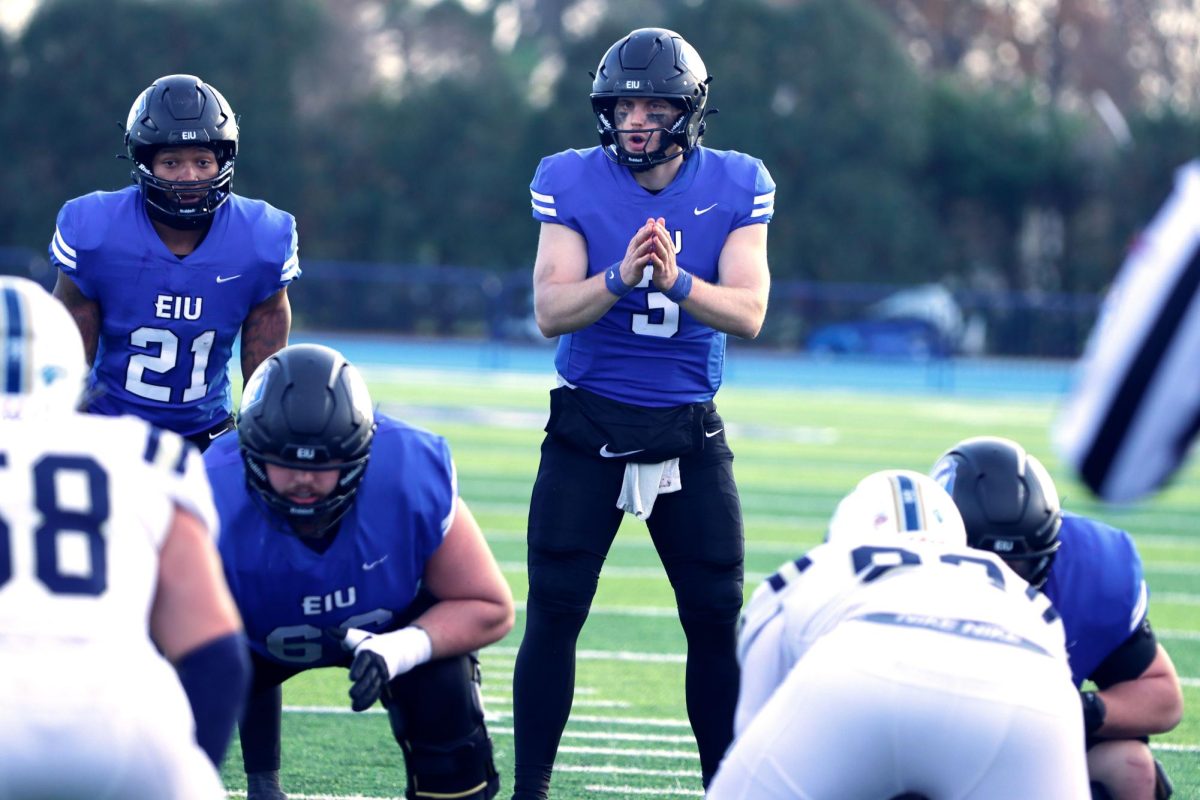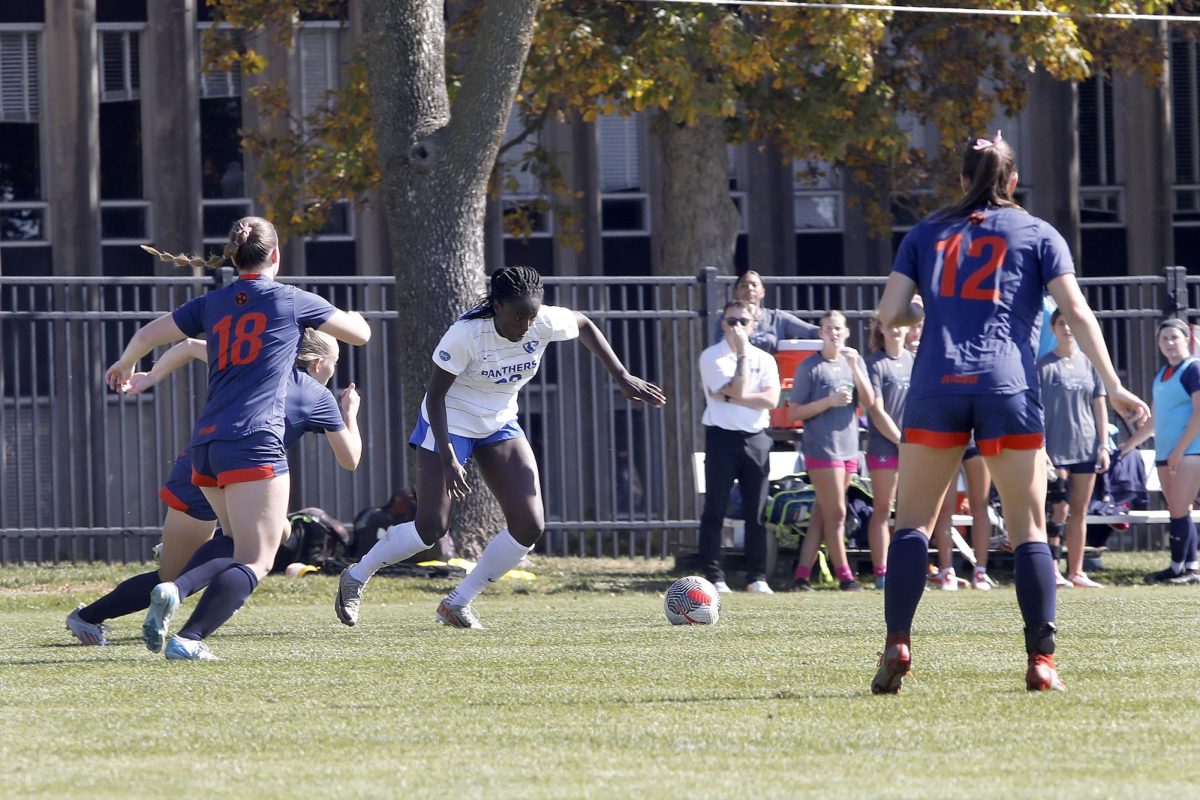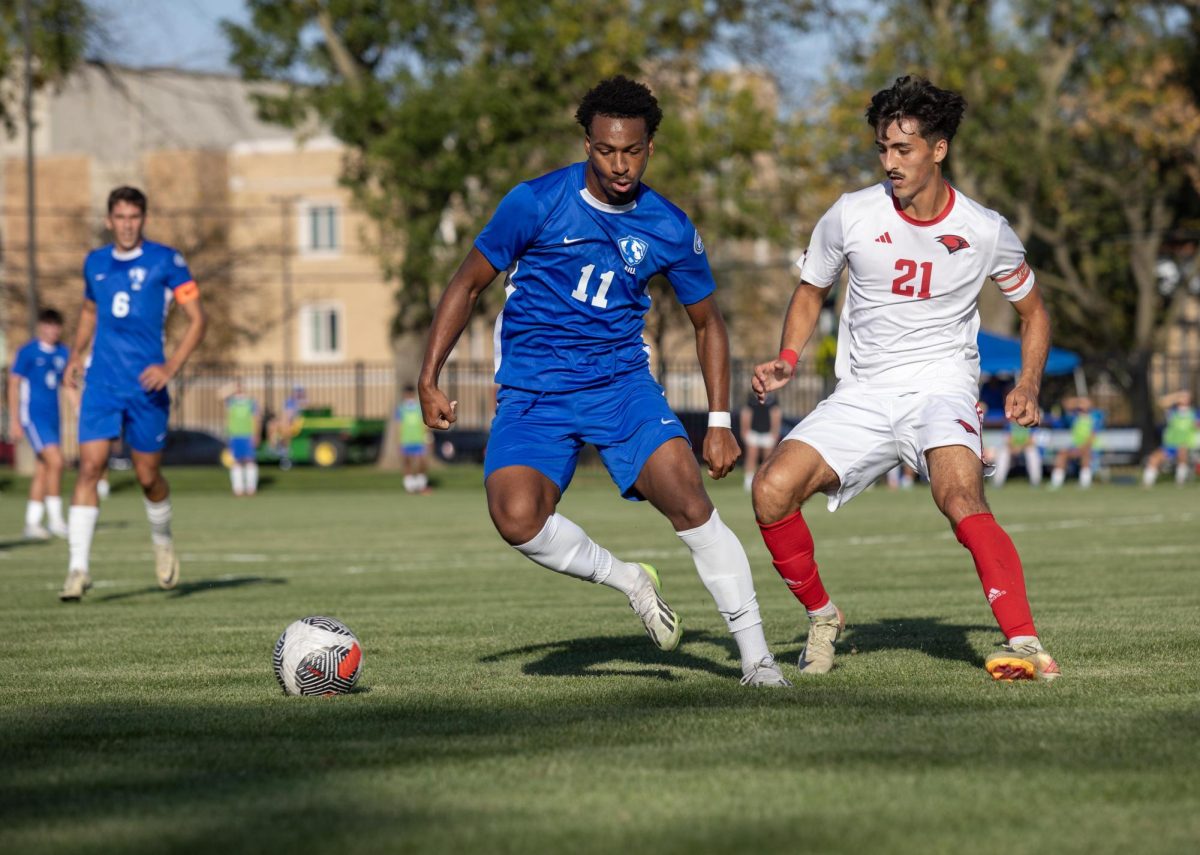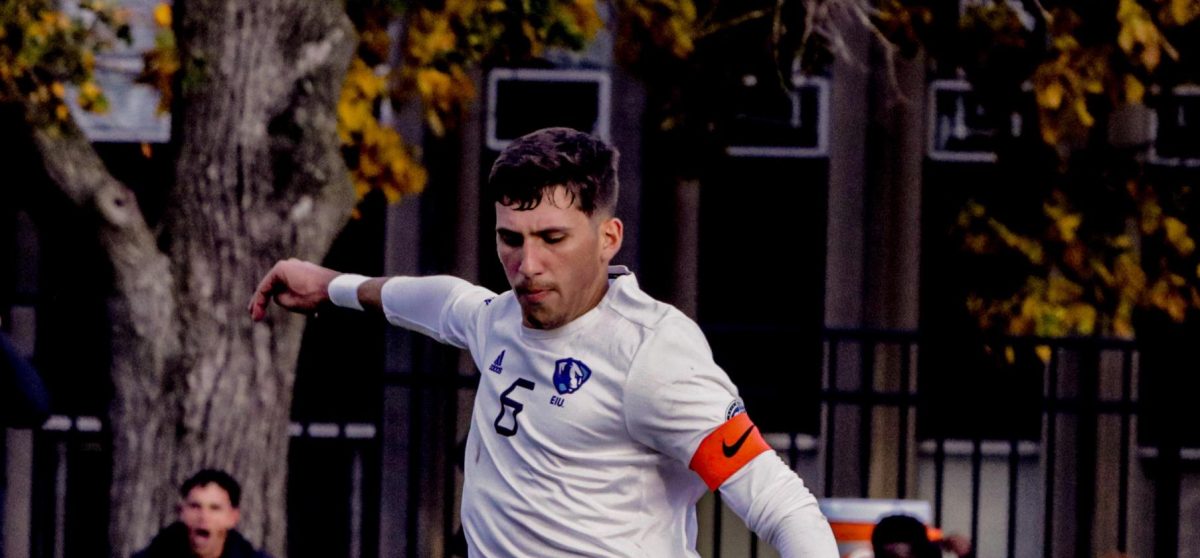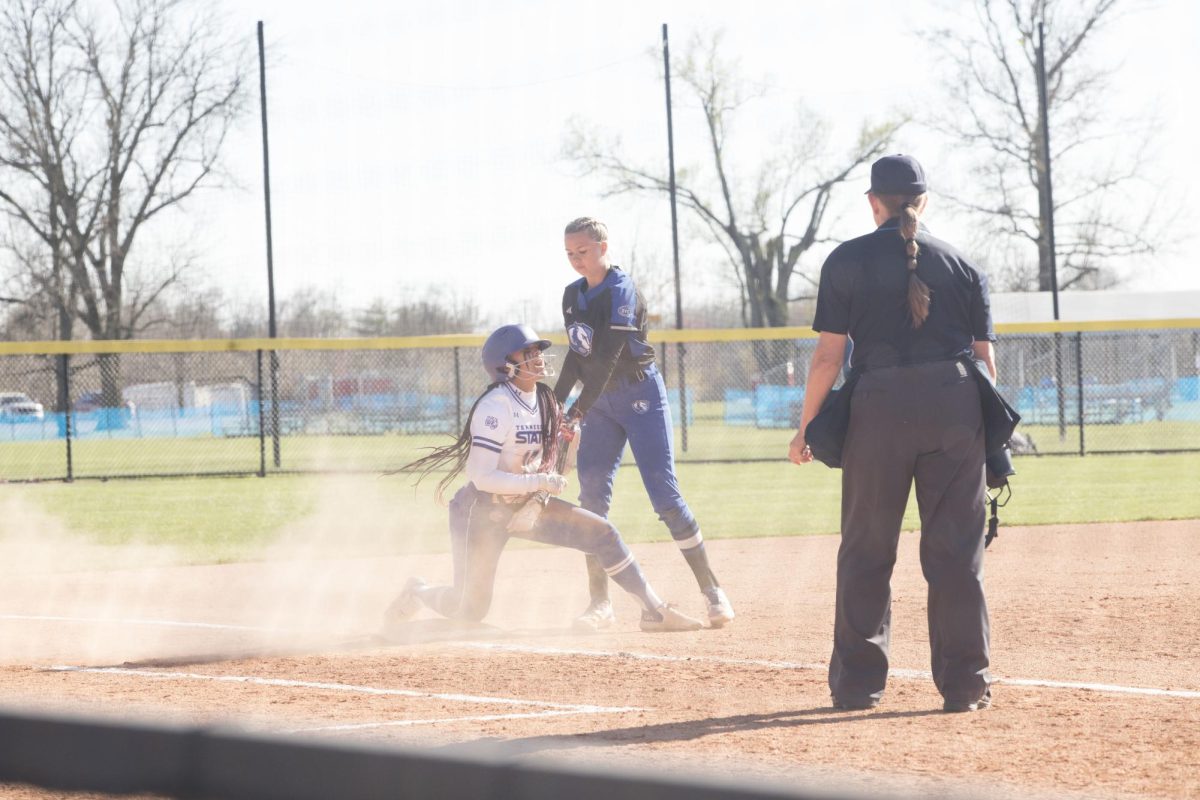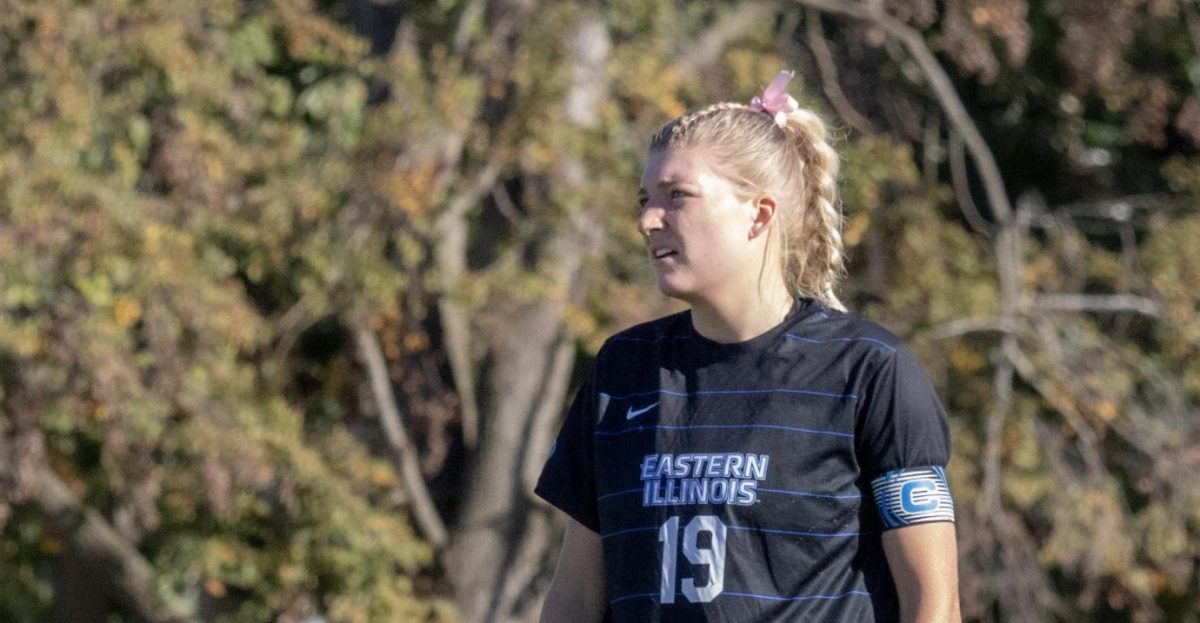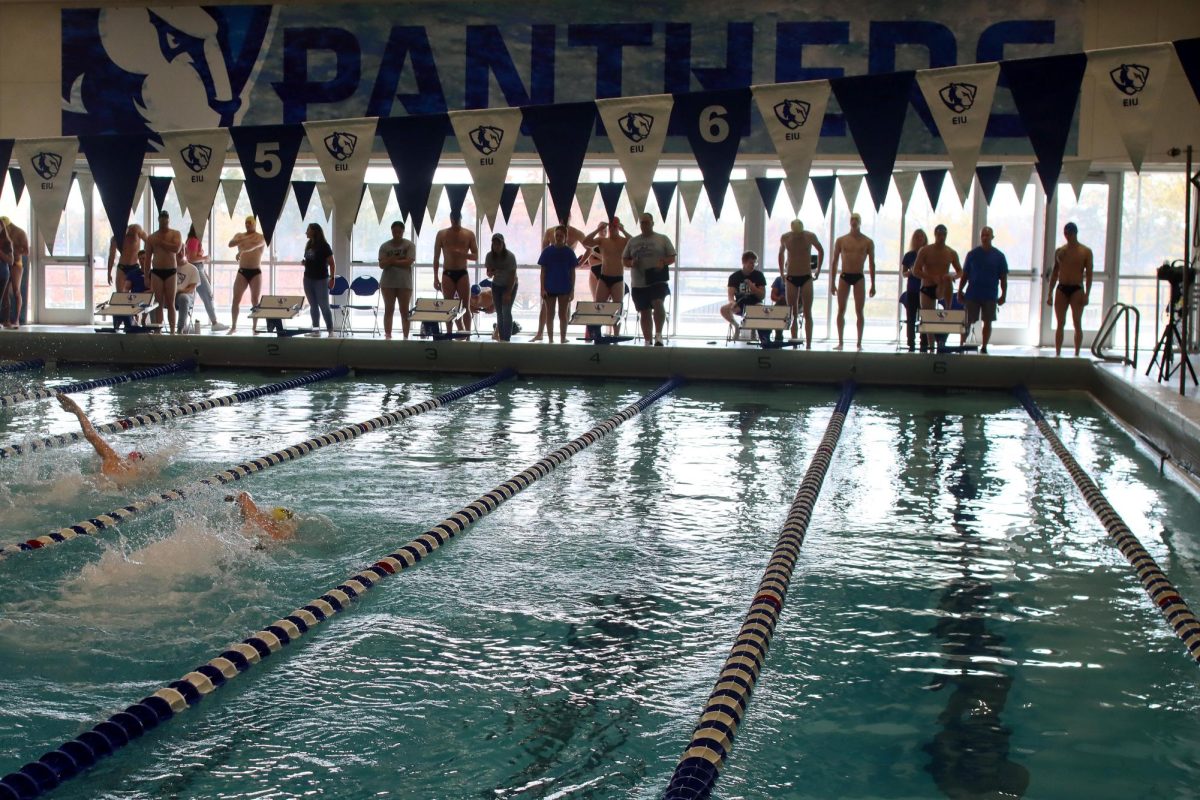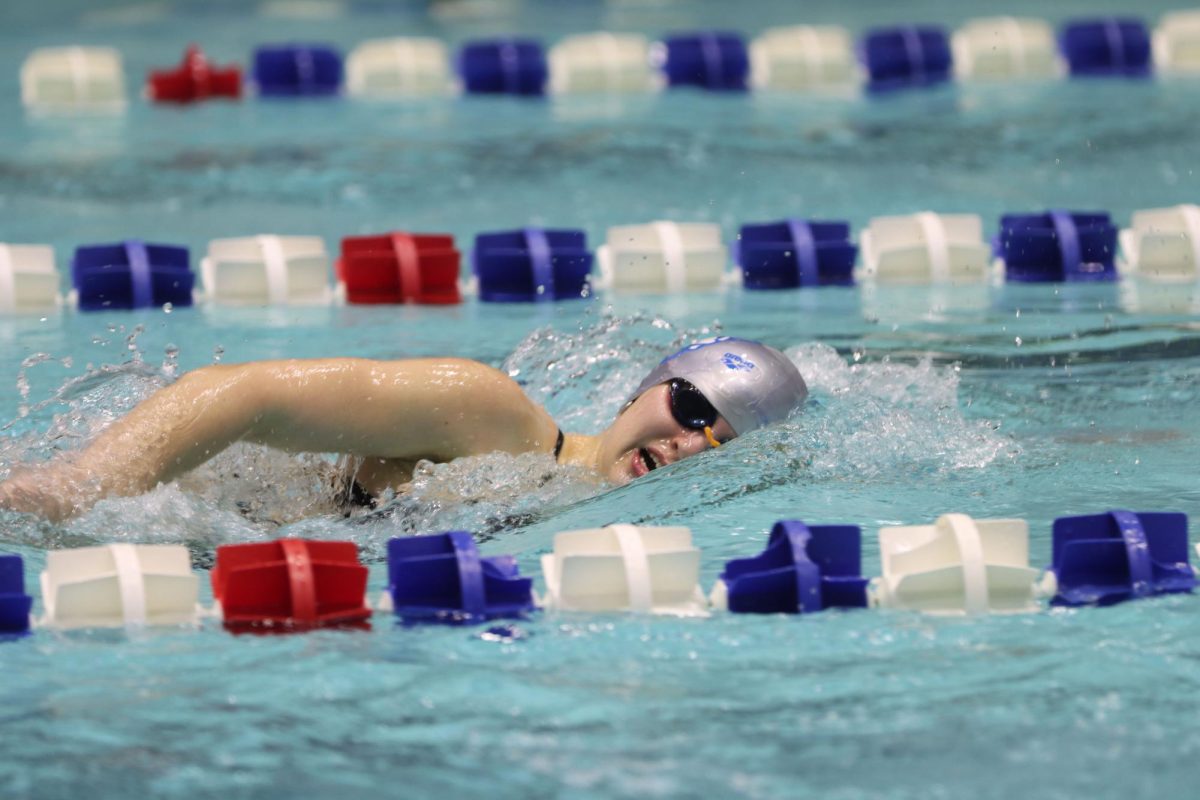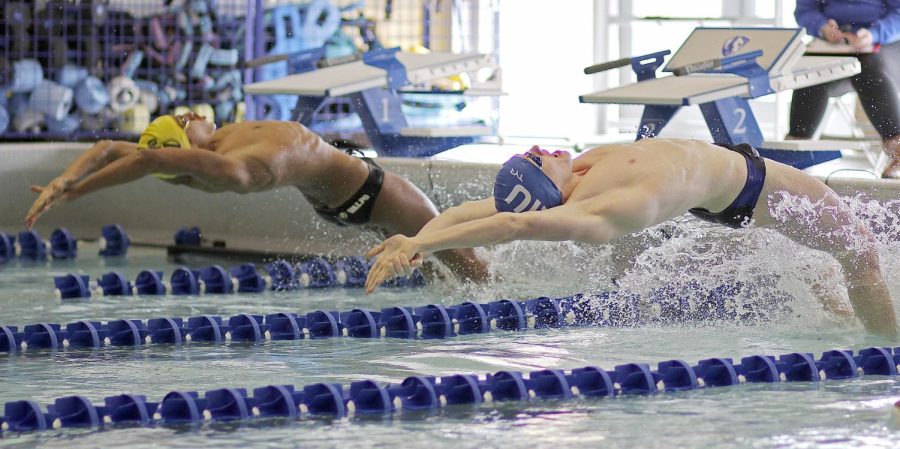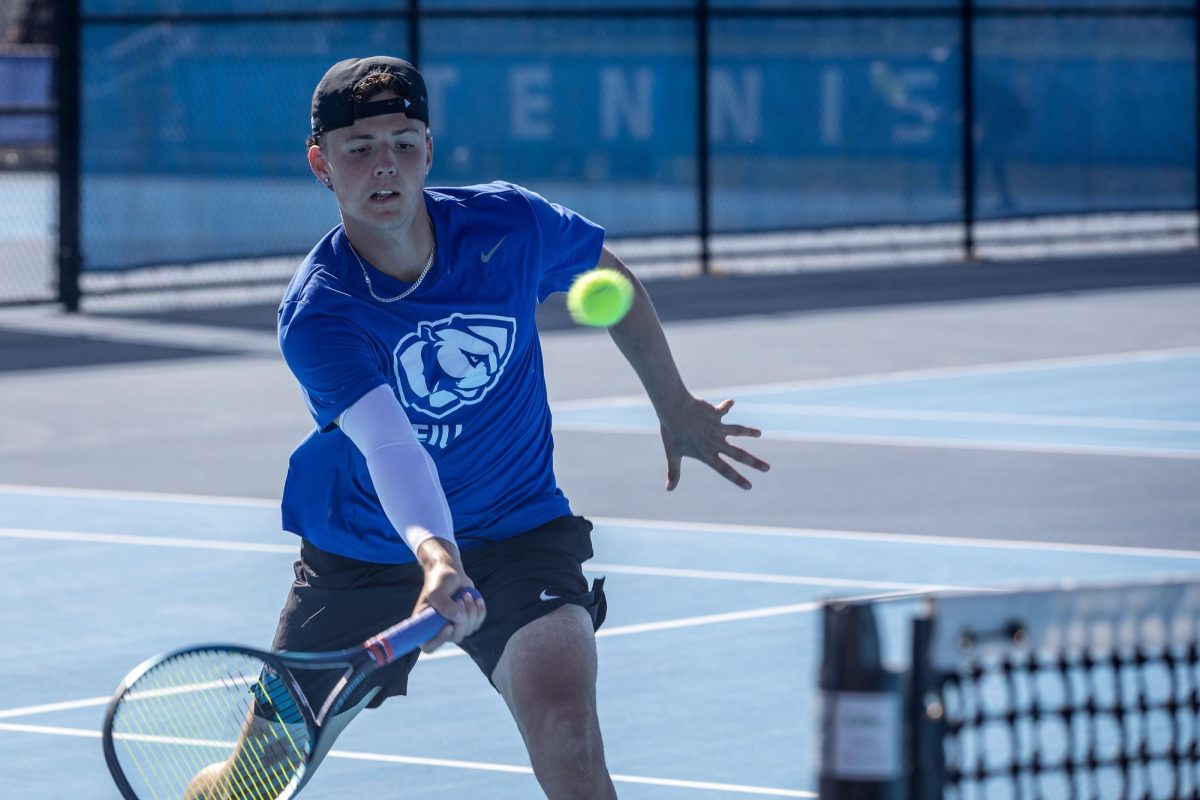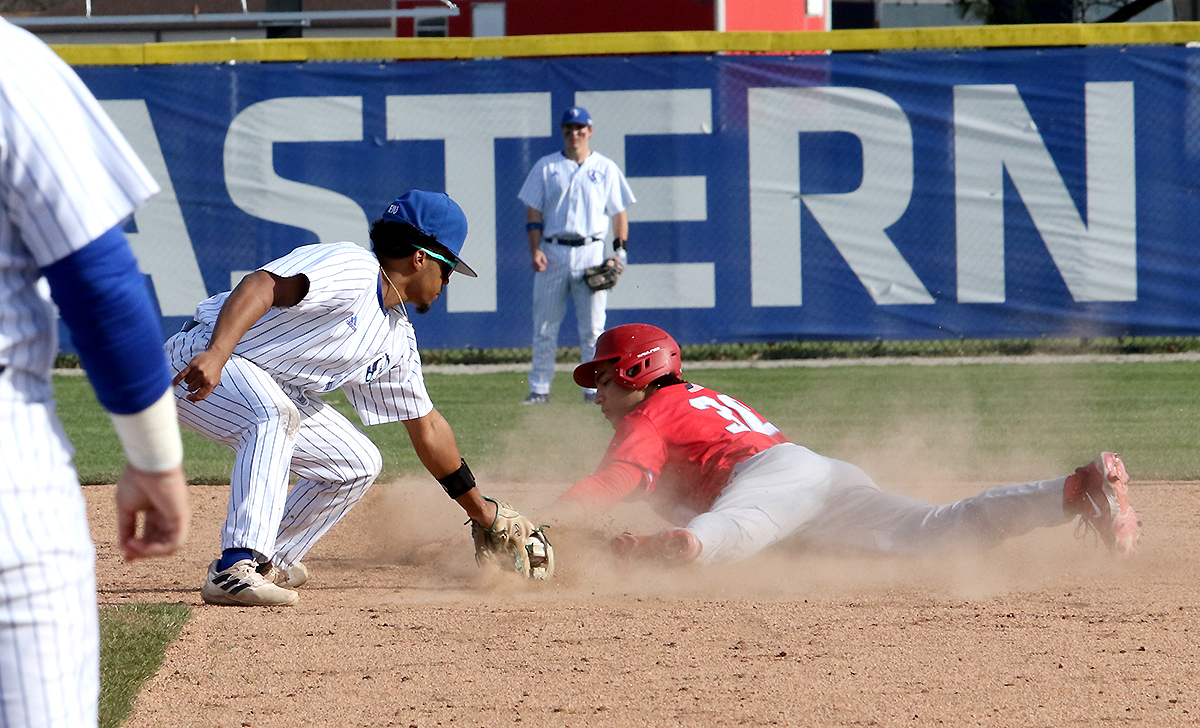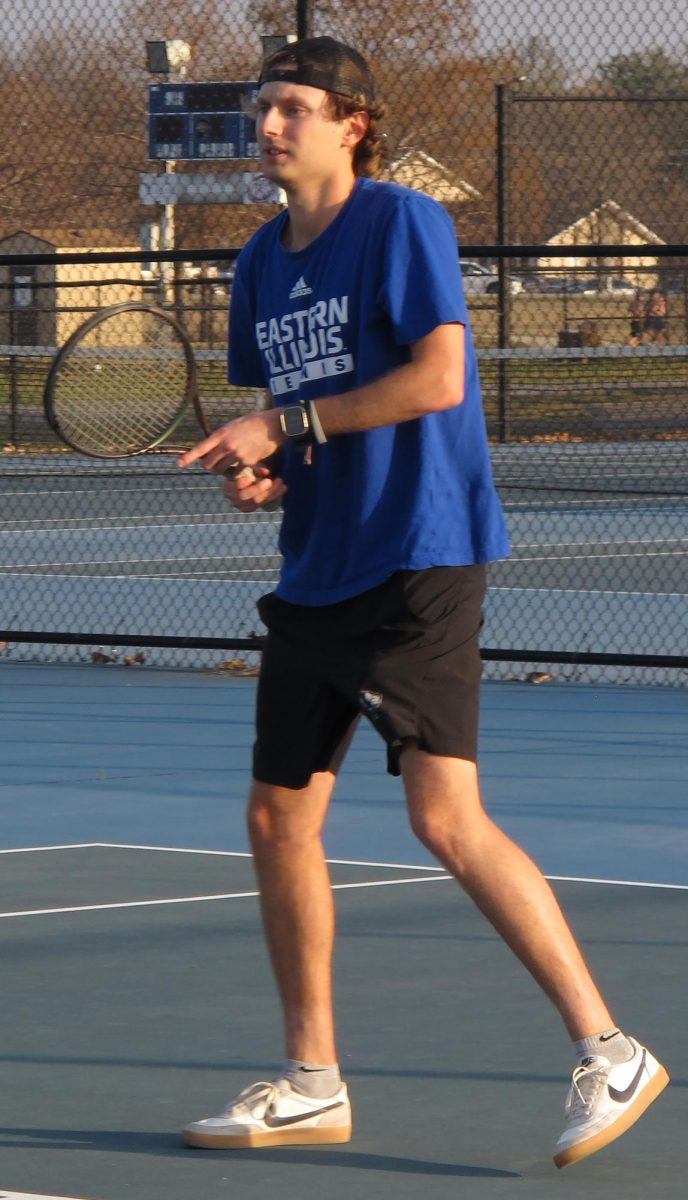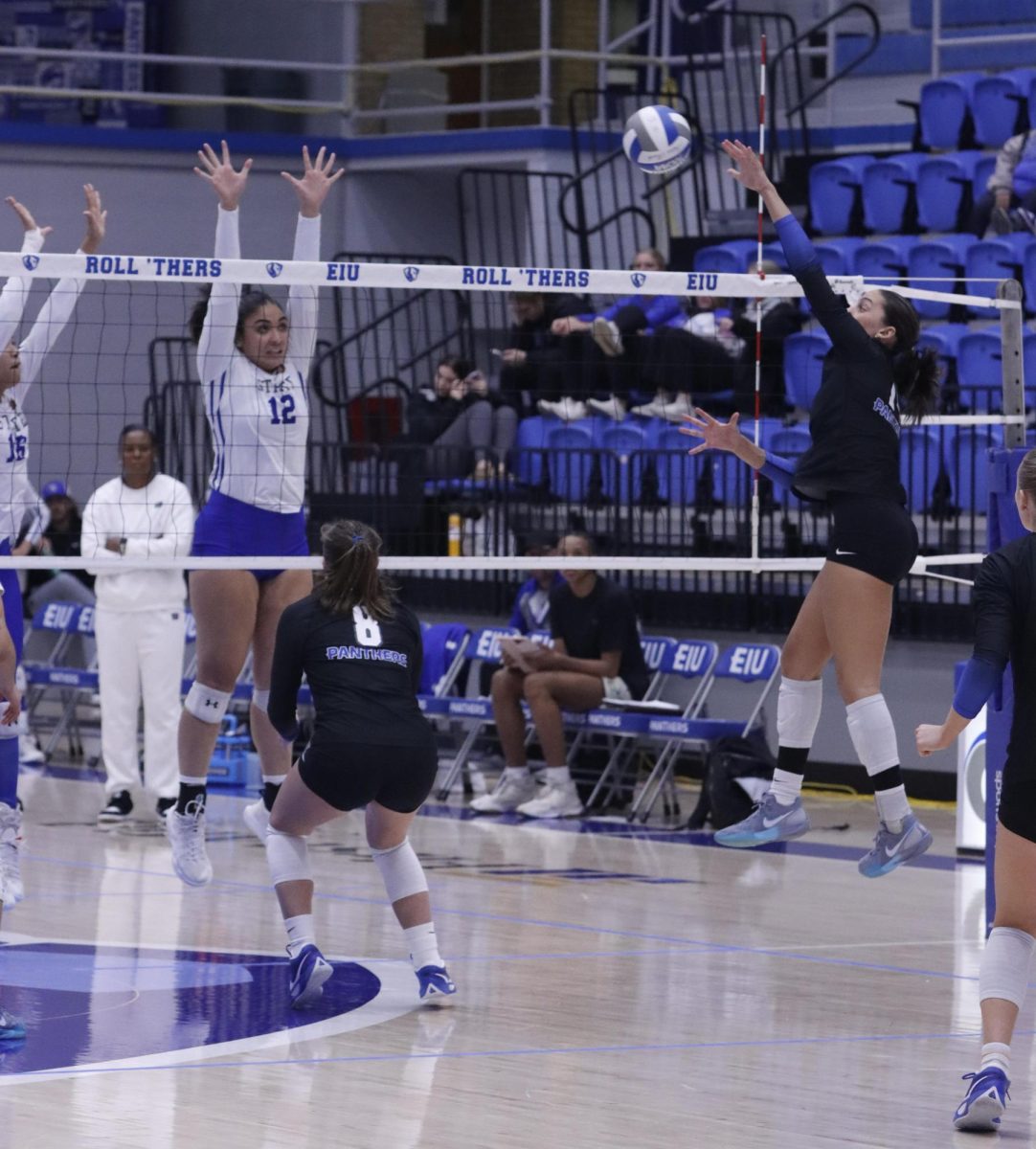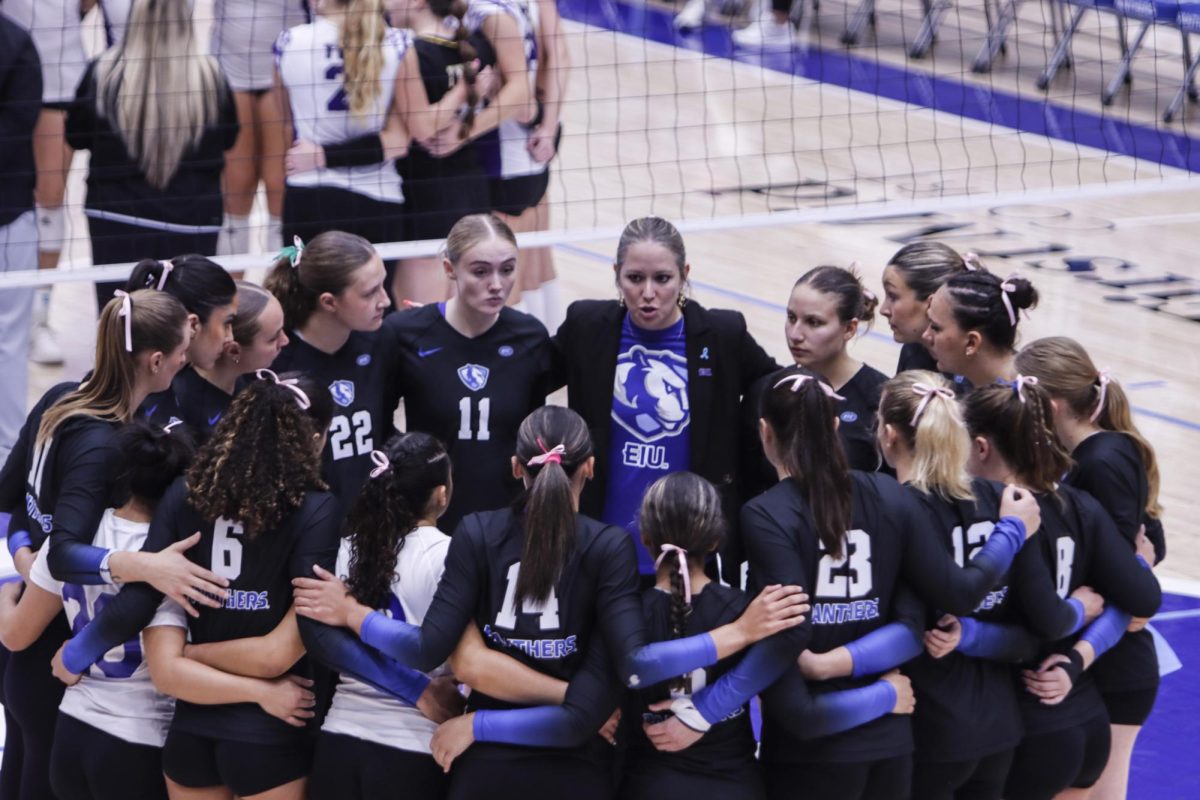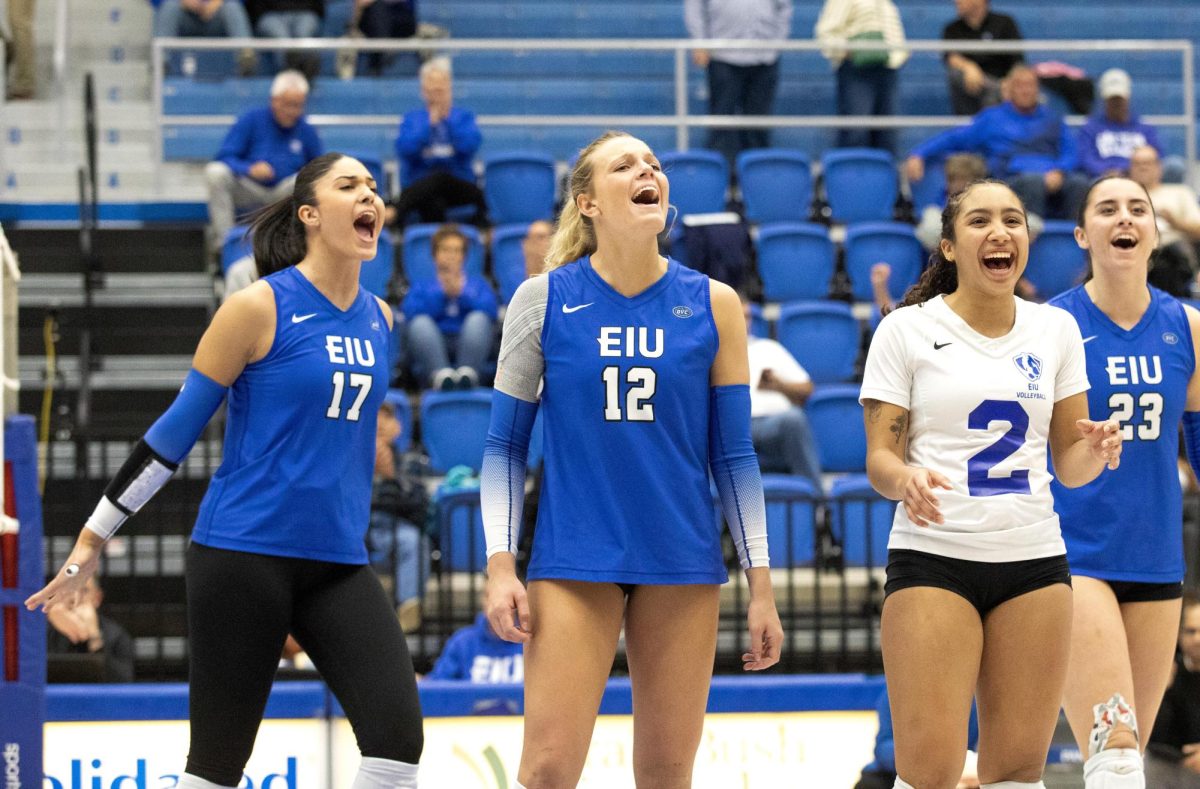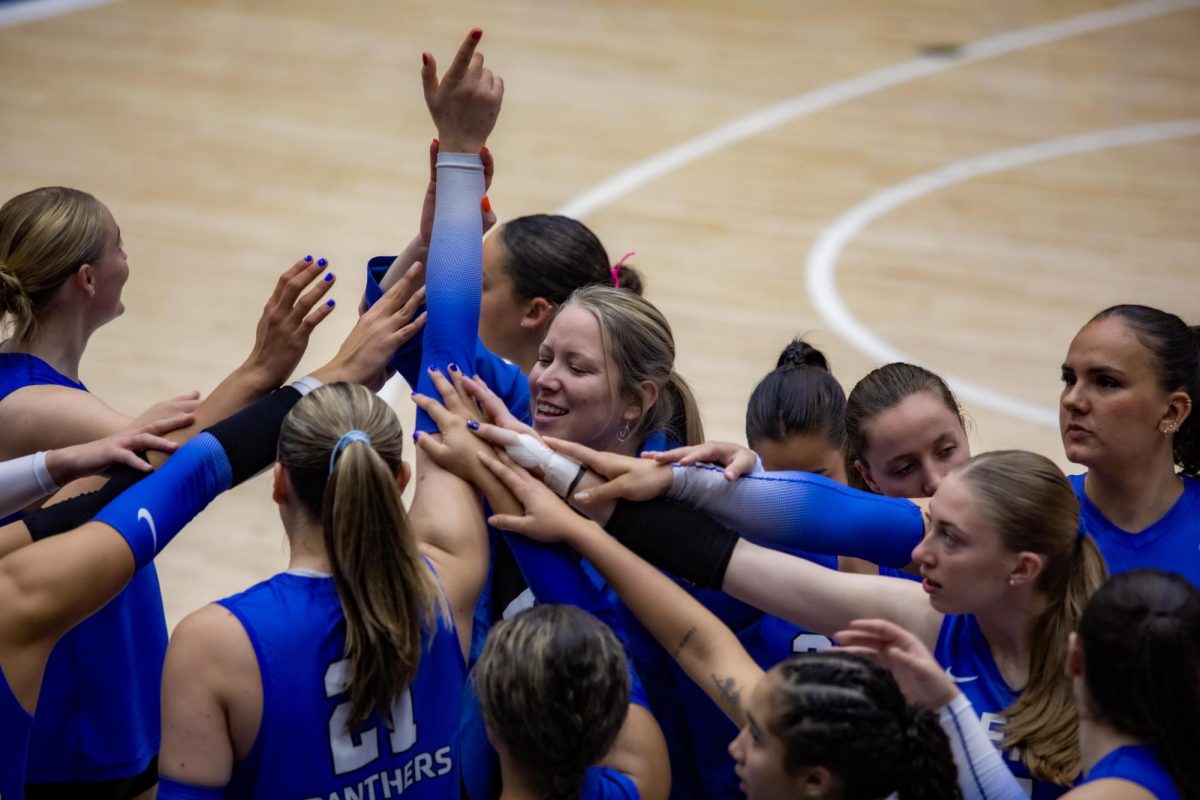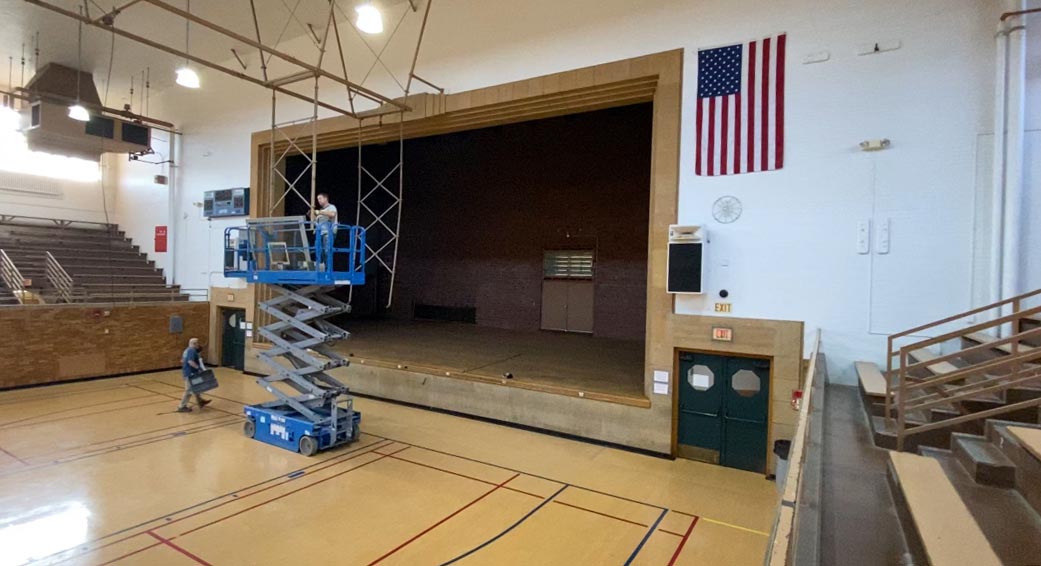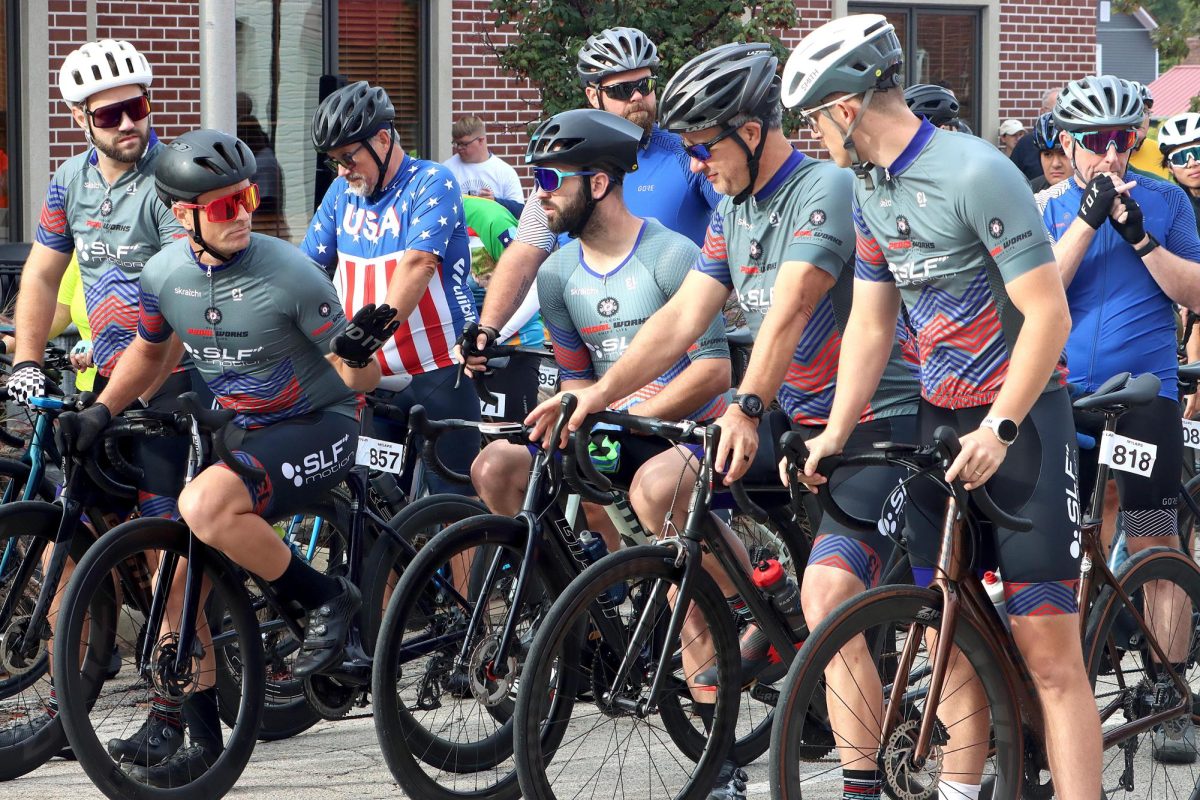Looking to the post for success
When it comes to the Ohio Valley Conference, one cliche holds true: size does matter.
It’s no coincidence that when the OVC preseason rankings came out, the top three teams -Samford, Morehead State and Murray-State features playmaking guards with a dominant post player.
It’s an OVC trend that has continued for years. It’s no secret that in order to get to Nashville, Tenn., for the OVC Tournament, those teams must have someone that can control the paint.
In order to leave Nashville and go to the NCAA Tournament, that team is likely to be the team that can count on its dominant center to carry them through the tough games.
When describing the impact a dominant post player can have on the OVC, leave it to Murray State head coach Joi Felton to sum it up.
“It’s huge,” she said. “When you have a dominant post player, you wanna run your offense through her.”
The Racers won’t have any problem running their offense this season, as they feature the OVC Preseason Player of the Year, Joi Scott.
The 6-foot senior averaged 20.3 points and 8.6 rebounds per game last season for Murray State.
It would prove wise for the Racers to use Scott as much as possible.
Nine of the last 10 winners of the OVC Player of the year have been taller than six feet.
It also coincides with the OVC Tournament champions, especially last season when Southeast Missouri State and Tennessee Tech featured two of the most dominant post players in the league in 6-2 Tatiana Conceicao and 6-1 Emily Christian.
It’s a fact that hasn’t gone unnoticed by new Tennessee Tech head coach Amy Brown.
“When Emily (Christian) left, we kind of had to reconstruct our offense,” Brown said. “Everything was based on her play. Now, we have to find different scoring options.”
Tennessee Tech is one of the many teams in the OVC that prefers its post players play on the low block.
That’s not the case for conference favorite Samford, who features 6-0 Alex Munday. While Munday will play in the paint, her role in Samford’s Princeton-style offense is to constantly move and cut without fear of taking a jump shot.
She has proven to be a difficult match-up for OVC schools because of her three-point shooting (38 percent last season).
“Her versatility is what makes her so special,” Samford head coach Mike Morris said. “She can handle the ball, has some perimeter skills. If your center is forced to defend her 20 feet from the basket, then it’s in our favor.”
The strenuous process of getting players like Munday, Scott and Morehead State’s LaKrisha Brown to come to OVC schools involves intense recruiting and a little bit of luck.
Instead of being recruited out of high school, Scott (Northern Illinois) and Brown (St. Louis University) arrived via the transfer route.
“I think transfers can be real pivotal,” Morehead State head coach Matthew Mitchell said.
Before coming to Morehead State, Mitchell was an assistant coach at Tennessee, Kentucky and Florida, three SEC schools rich with post players.
With SEC and other major-conference schools having a surplus of post players, there tends to be unhappiness among the ones that sit on the bench.
That’s where the OVC comes in.
“When I was in the SEC, we had a physical requirement of 6-3, 6-4,” Mitchell said. “I think it’s very hard to get that in OVC. When a team has that, it’s obvious that they do very well.”
Many of the OVC coaches argue that, while size is important, having a 6-3 player with no skills or ability is basically a wasted scholarship. A scholarship they would rather spend on a talented guard.
“Having size doesn’t necessarily put you in Nashville,” Tennessee-Martin head coach Tara Tansil said. “There are a lot of stiffs out there with size as their only attribute. To recruit someone just because they’re big is a mistake. They have to have talent.”
Not only talent, but also a supporting cast. Tansil can relate to that issue, as her Skyhawks feature Andreika Jackson, but little help in the backcourt.
It’s something that Eastern Illinois has looked to improve upon. With sophomore center Rachel Galligan requiring more double teams each game, the Panthers will look to their guards to help spread the floor and create options.
The best way to make a dominant post player better is to have a playmaking point guard. It’s something the Panthers aren’t short of with freshman Jessica Huffman off to a hot start in non-conference play.
“Everyone is trying to jump on getting the Rachel Galligans, Joi Scotts and LaKrisha Browns,” Eastern head coach Brady Sallee said. “But you need guards that can get them the ball and help alleviate some of the scoring load.”
With the amount of post players that graduated last year and the extra year of experience from Galligan, Sallee is hoping his Panthers can make the transition from also-ran to contender.
“This is a good time for us,” Sallee said. “We’ve got the post player and some good young talent. We’ve got a great opportunity.”
To put it in OVC terms, it would be a sizable jump.
Five (post) players to watch:
Murray State head coach Joi Felton on Joi Scott: “She’s so vital to our offense. There’s not many people that controls the paint like she does.”
Samford head coach Mike Morris on Alex Munday: “She’s a little undersized, but she uses that to her advantage. Her ability forces teams to guard her on the perimeter.”
Morehead State head coach Matthew Mitchell on LaKrisha Brown: “She can be overpowering at times. She can carry us.”
Tennessee-Martin head coach Tara Tansil on Andreika Jackson: “She’s a big factor to our offense. Teams have a tough time matching up with her strength.”
Eastern head coach Brady Sallee on Rachel Galligan: “It’s a league where you have to be athletic. That’s where she stands out among the other bigs.”
Season statistics on all five:
Rachel Galligan
19.6 ppg., 7.7 rpg,
Joi Scott
16.7 ppg., 9.5 rpg
Alex Munday
10.7 ppg., 4.9 rpg
LaKrisha Brown
14.0 ppg., 8.4 rpg
Andreika Jackson
17.2 ppg., 7.0 rpg.

